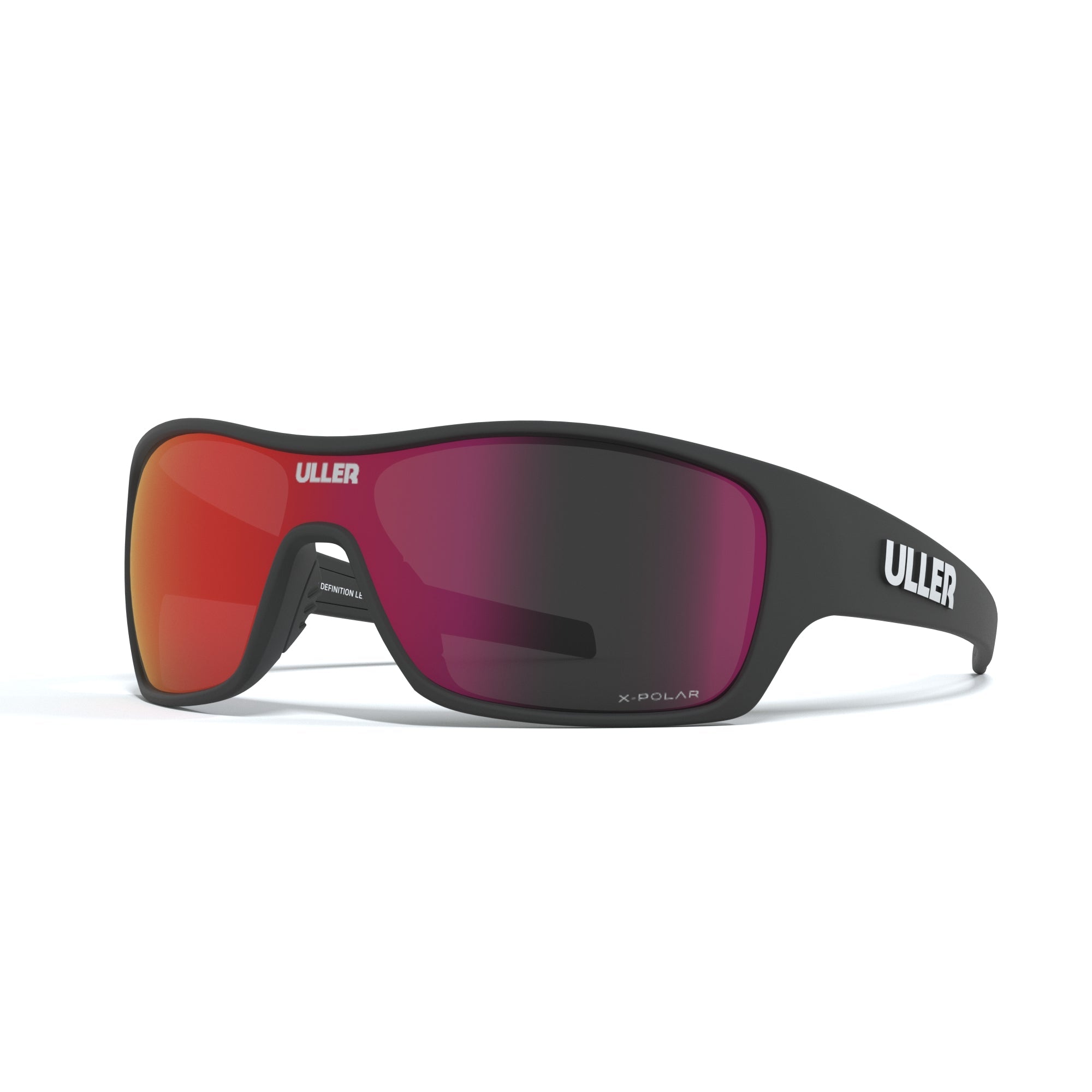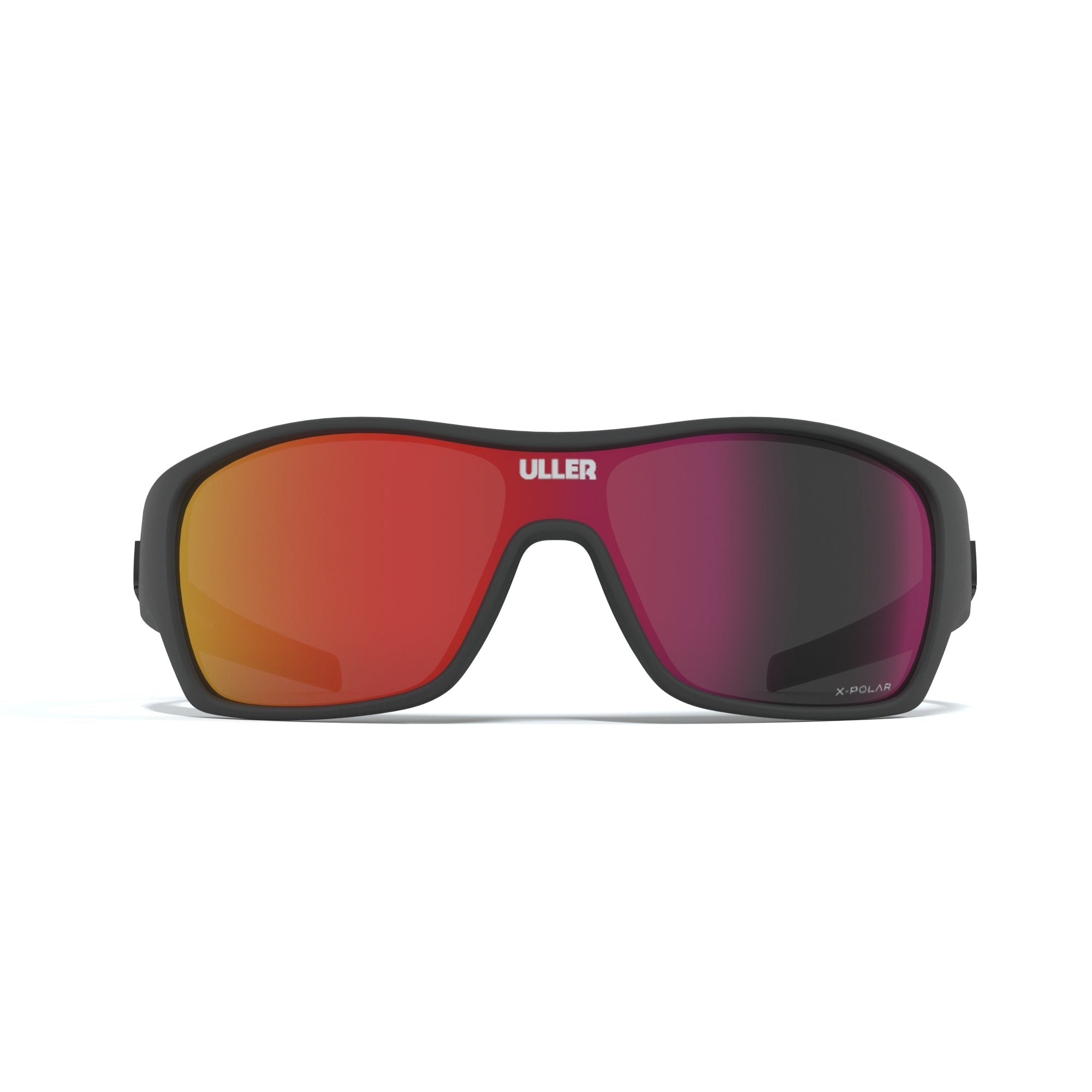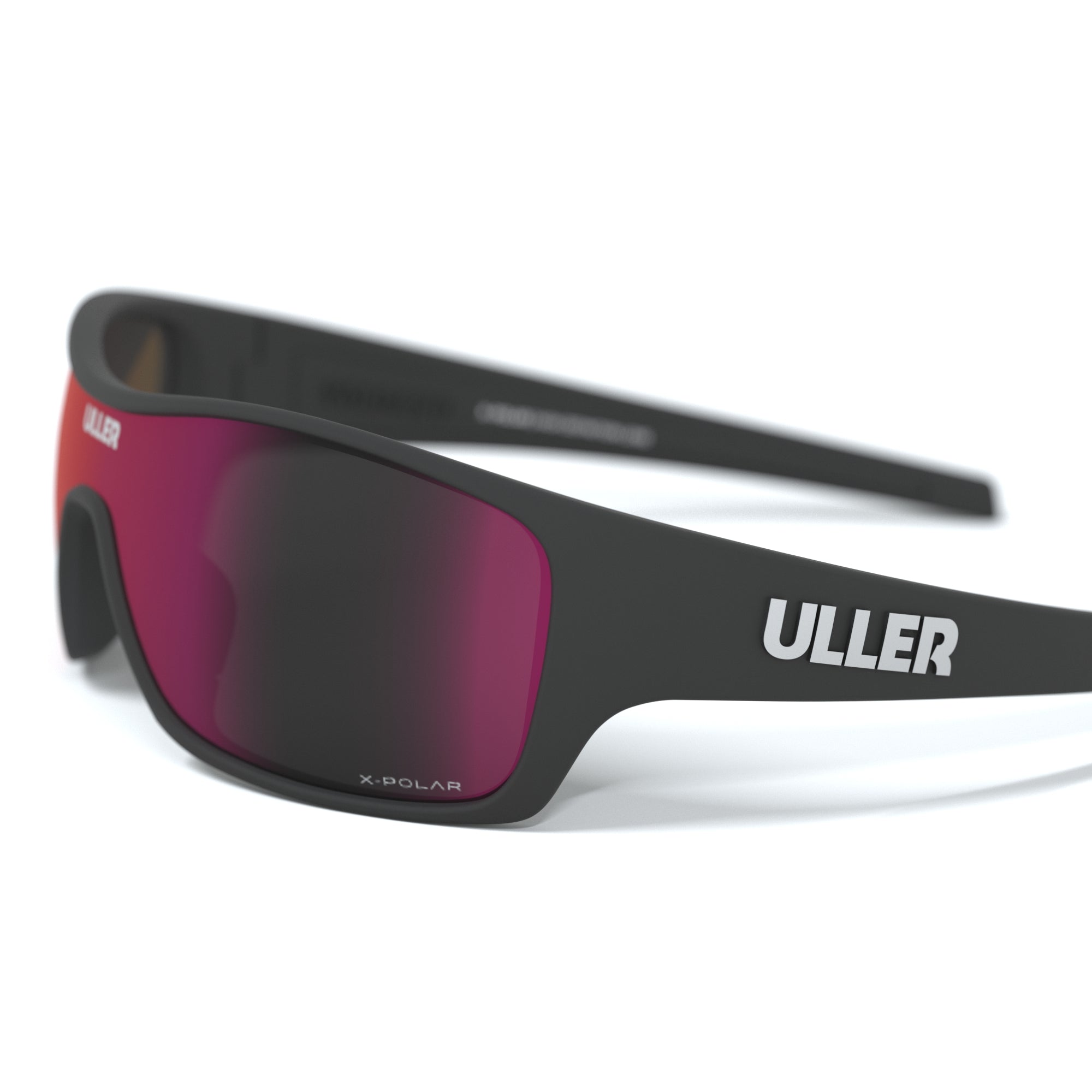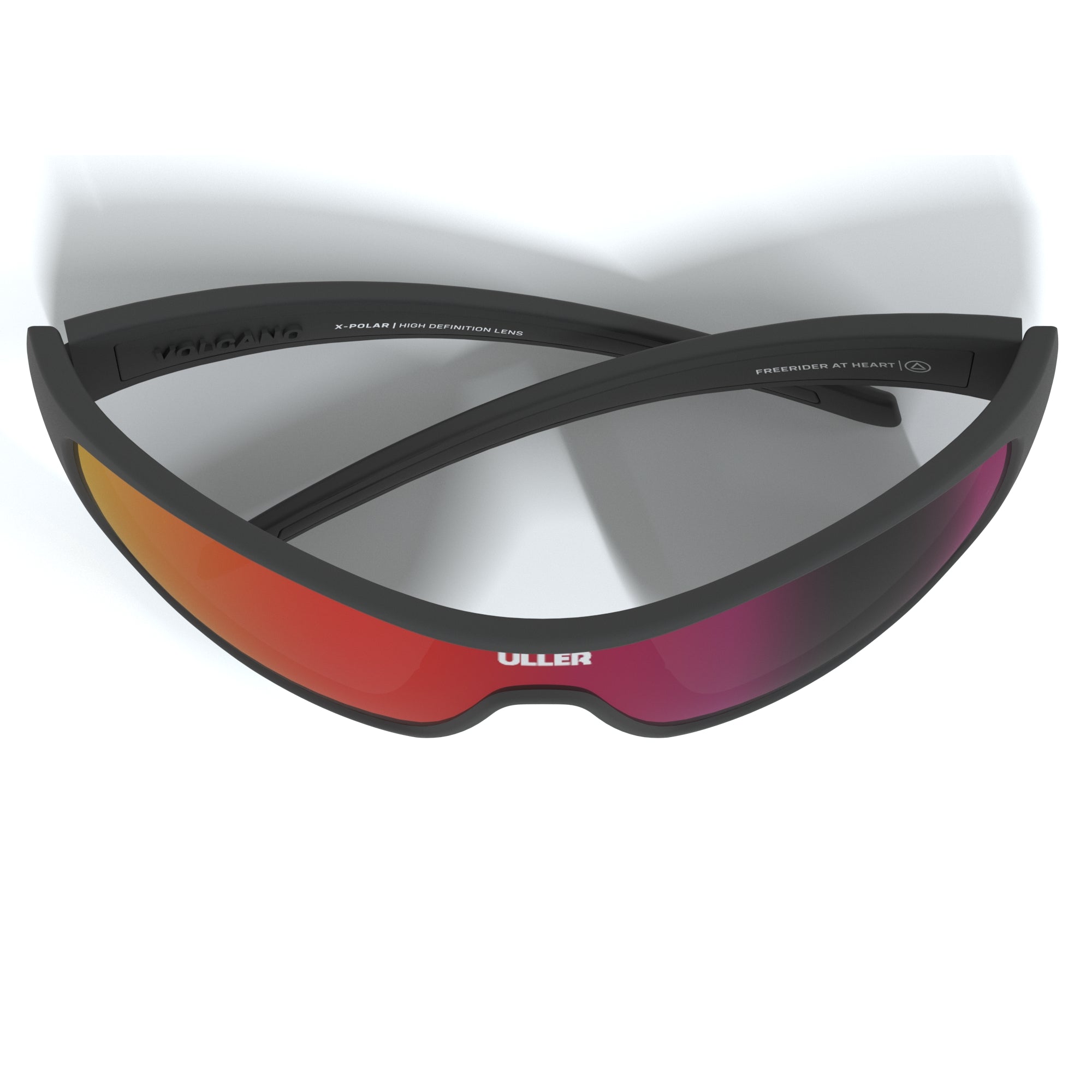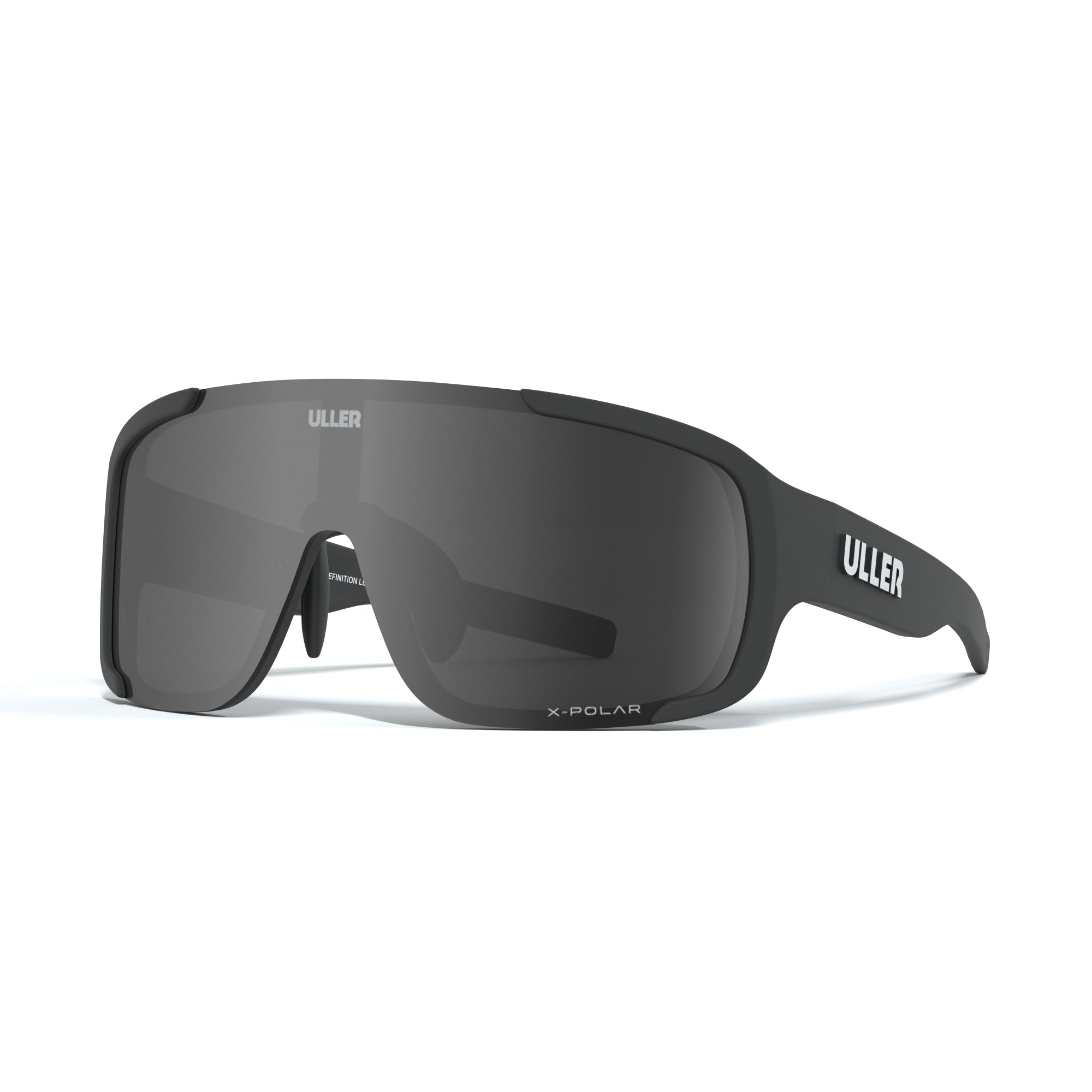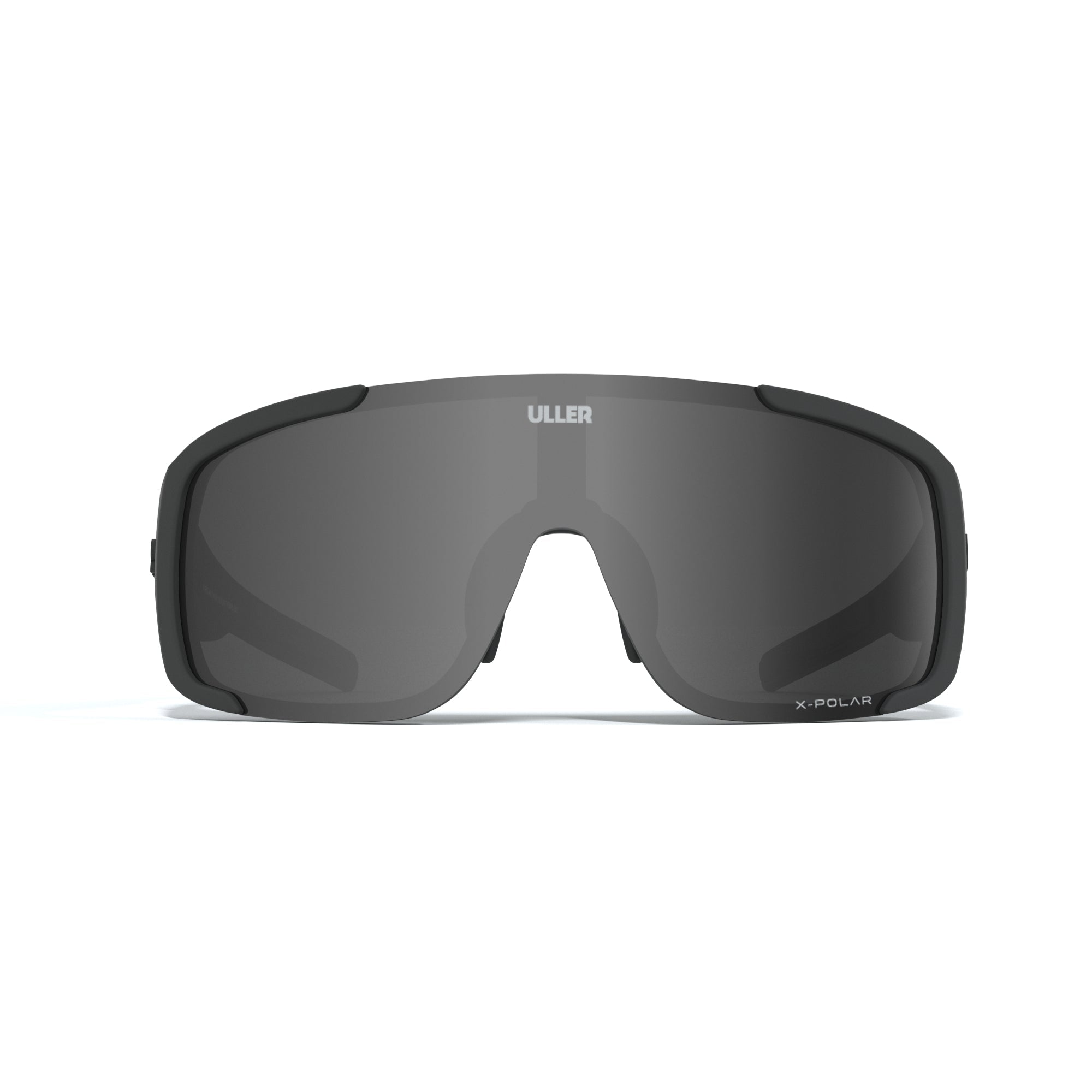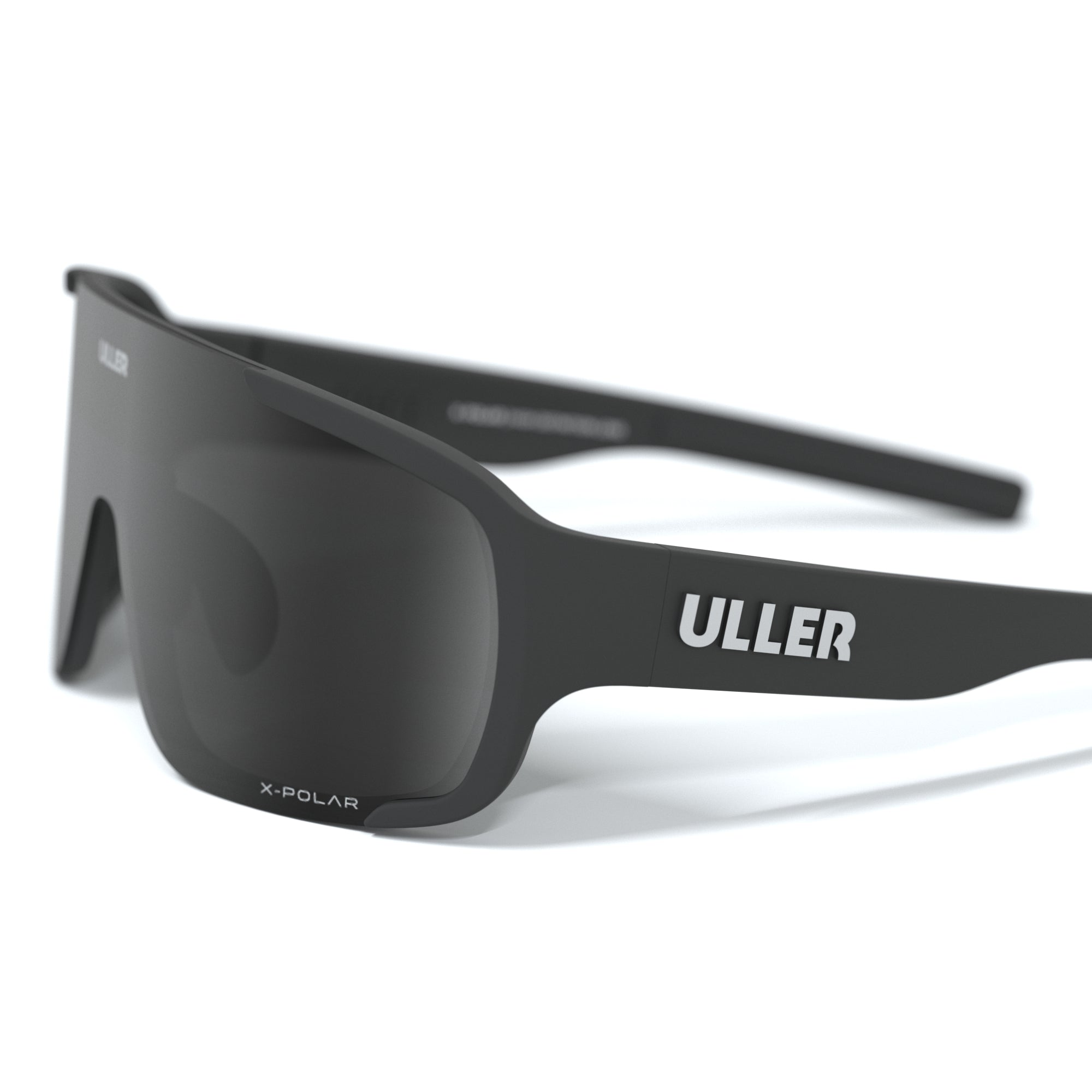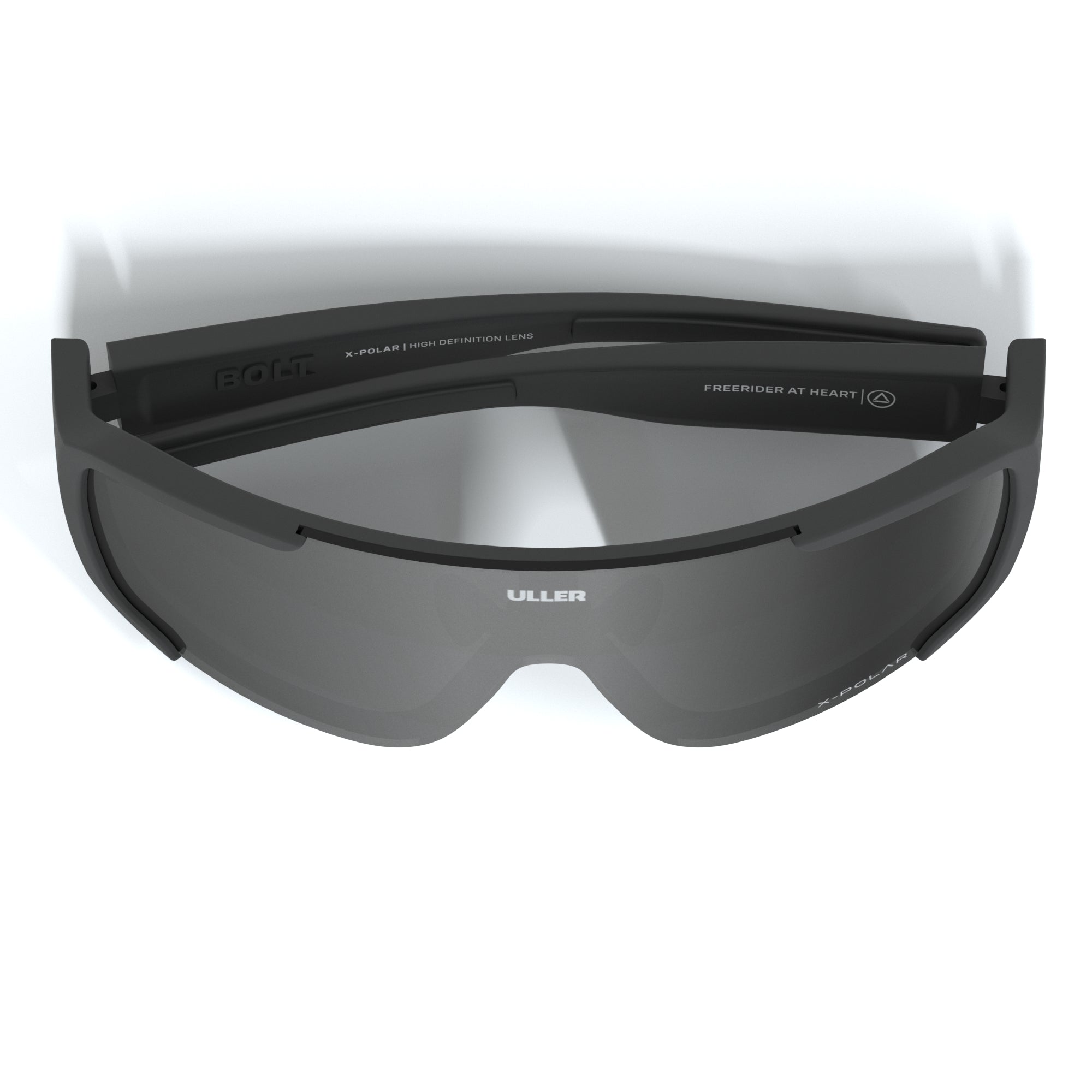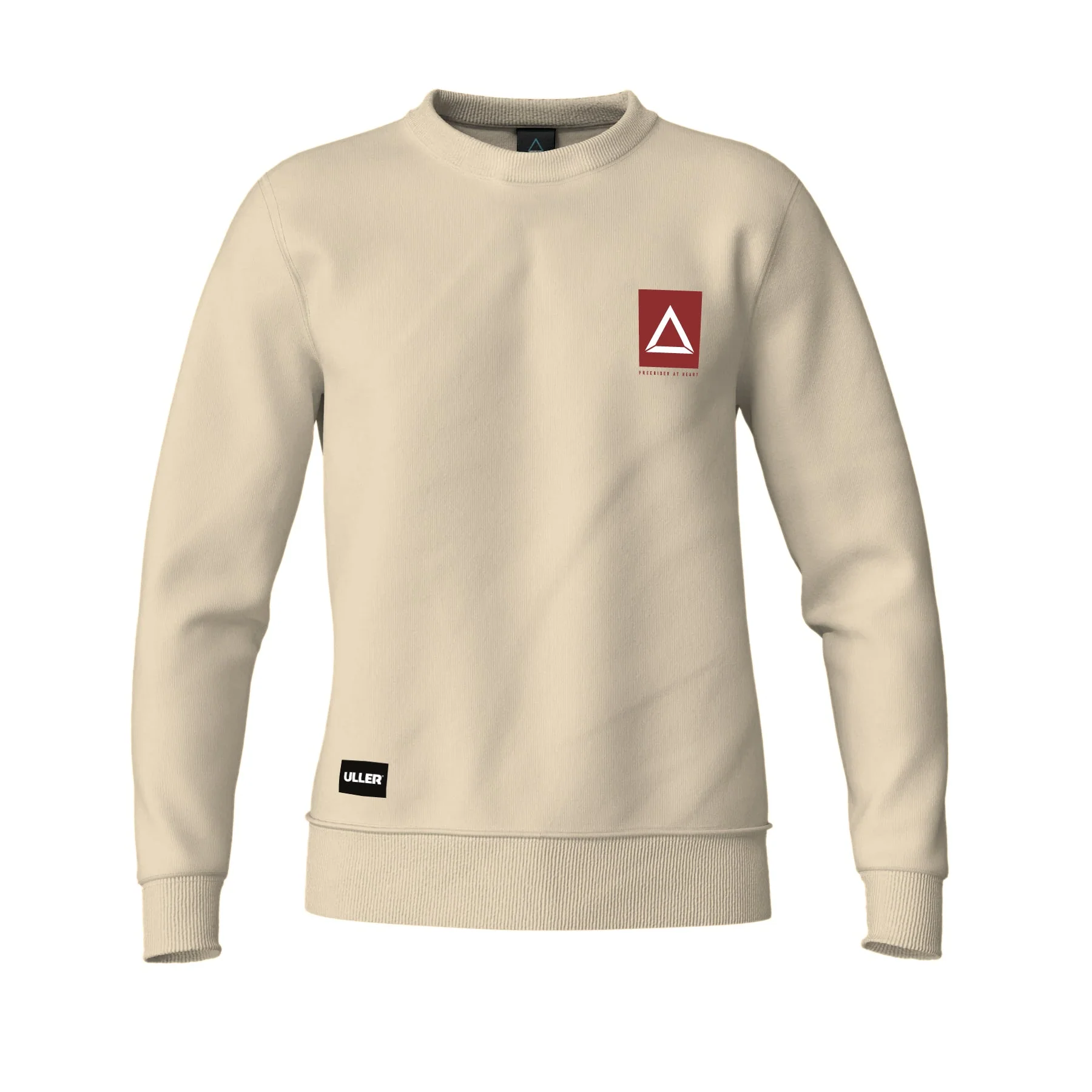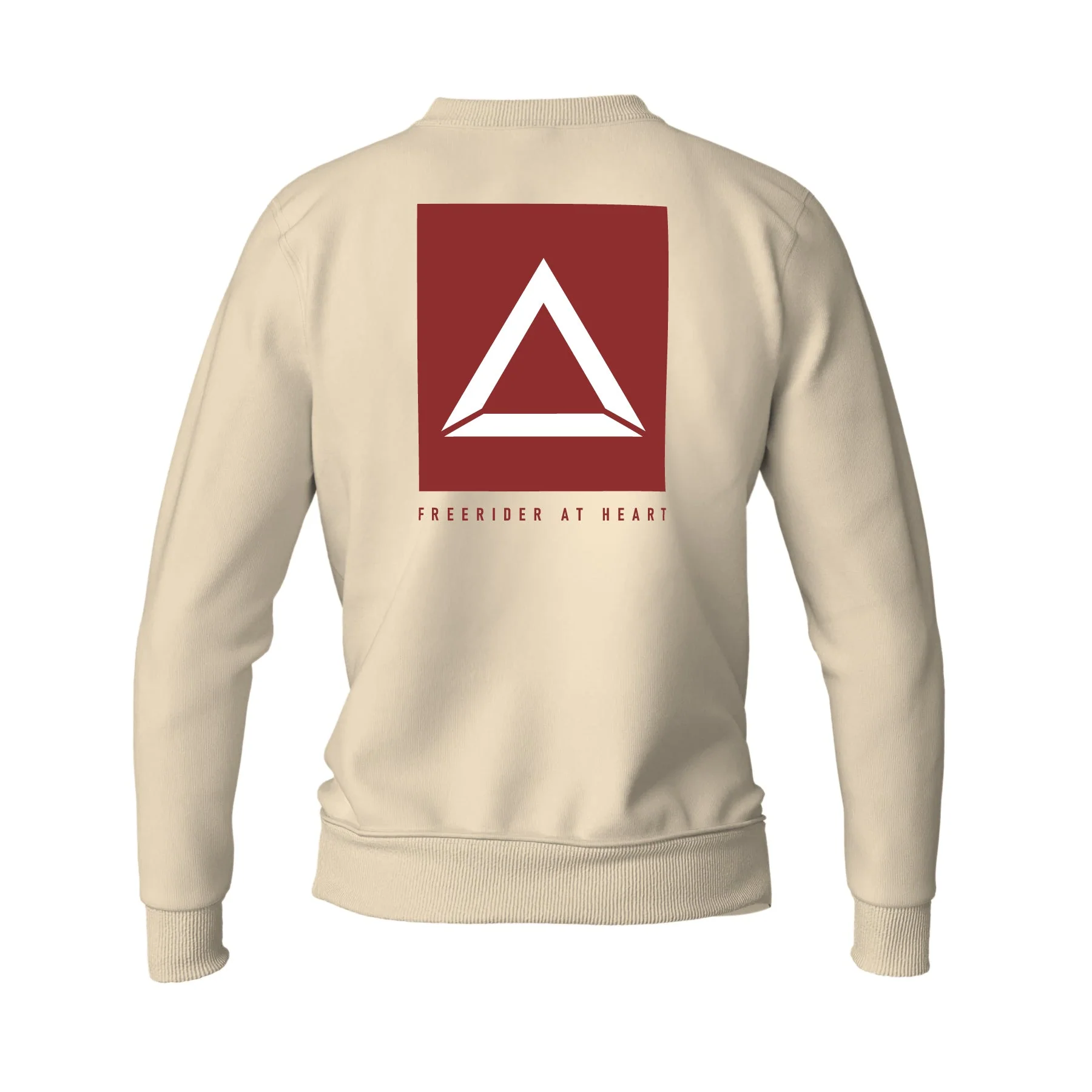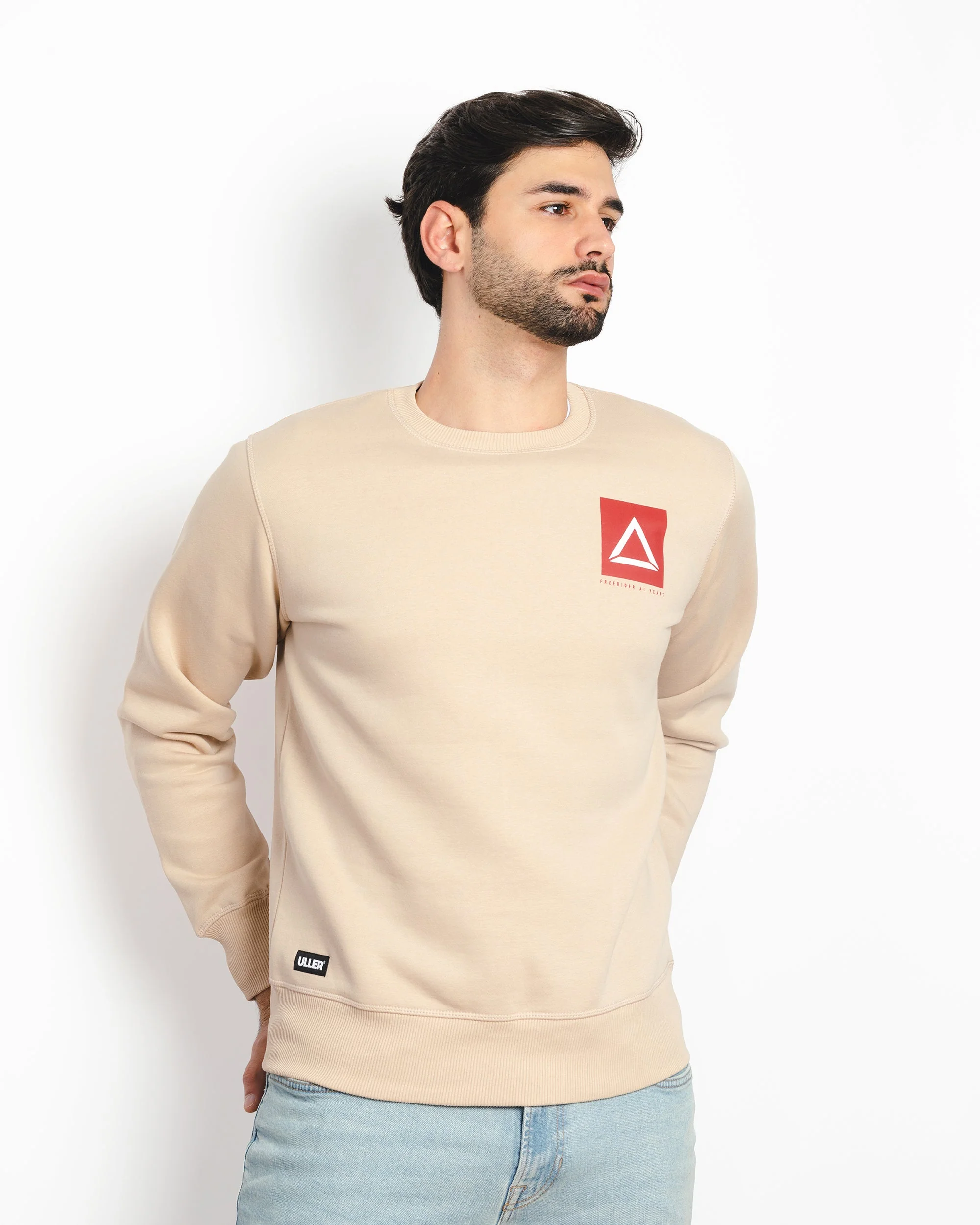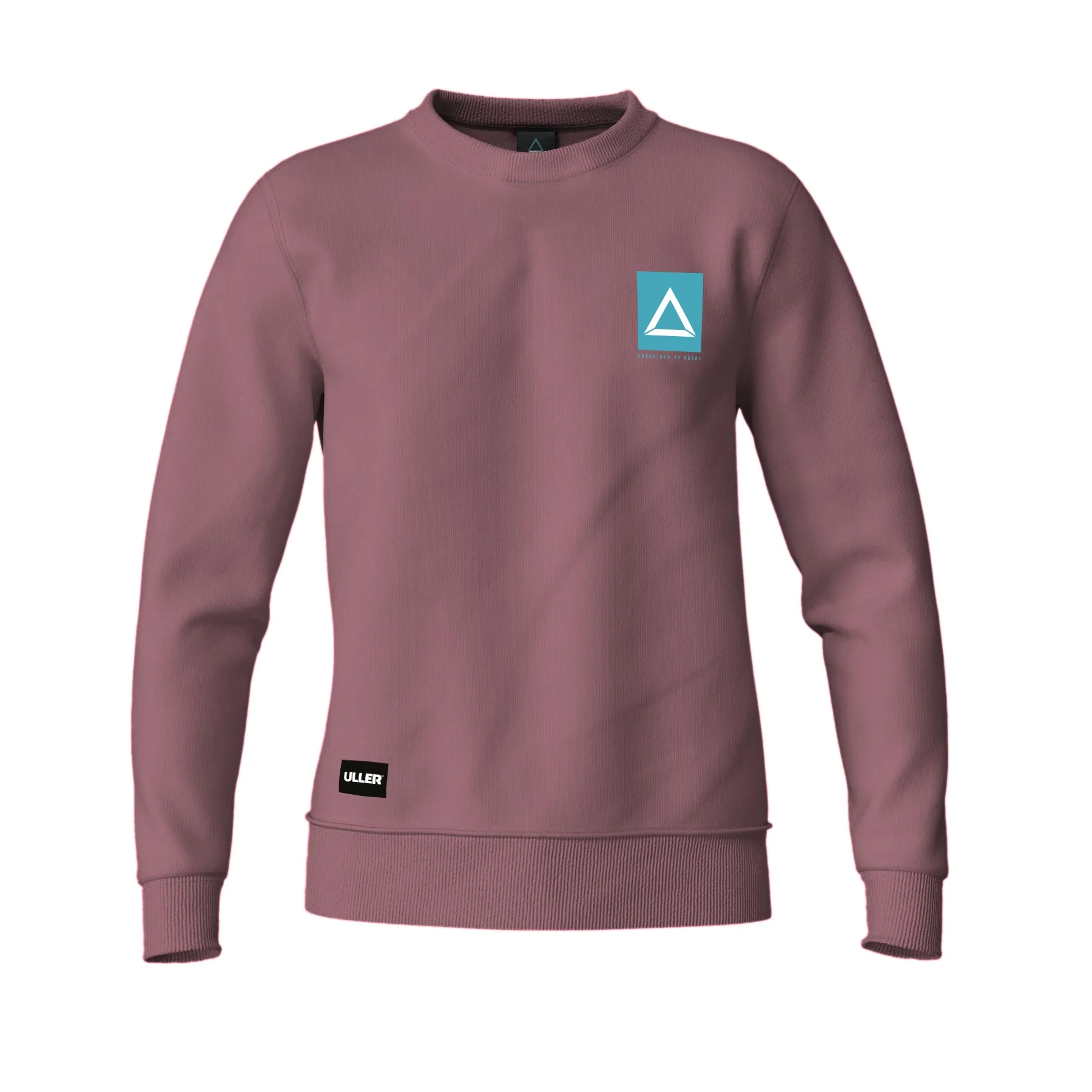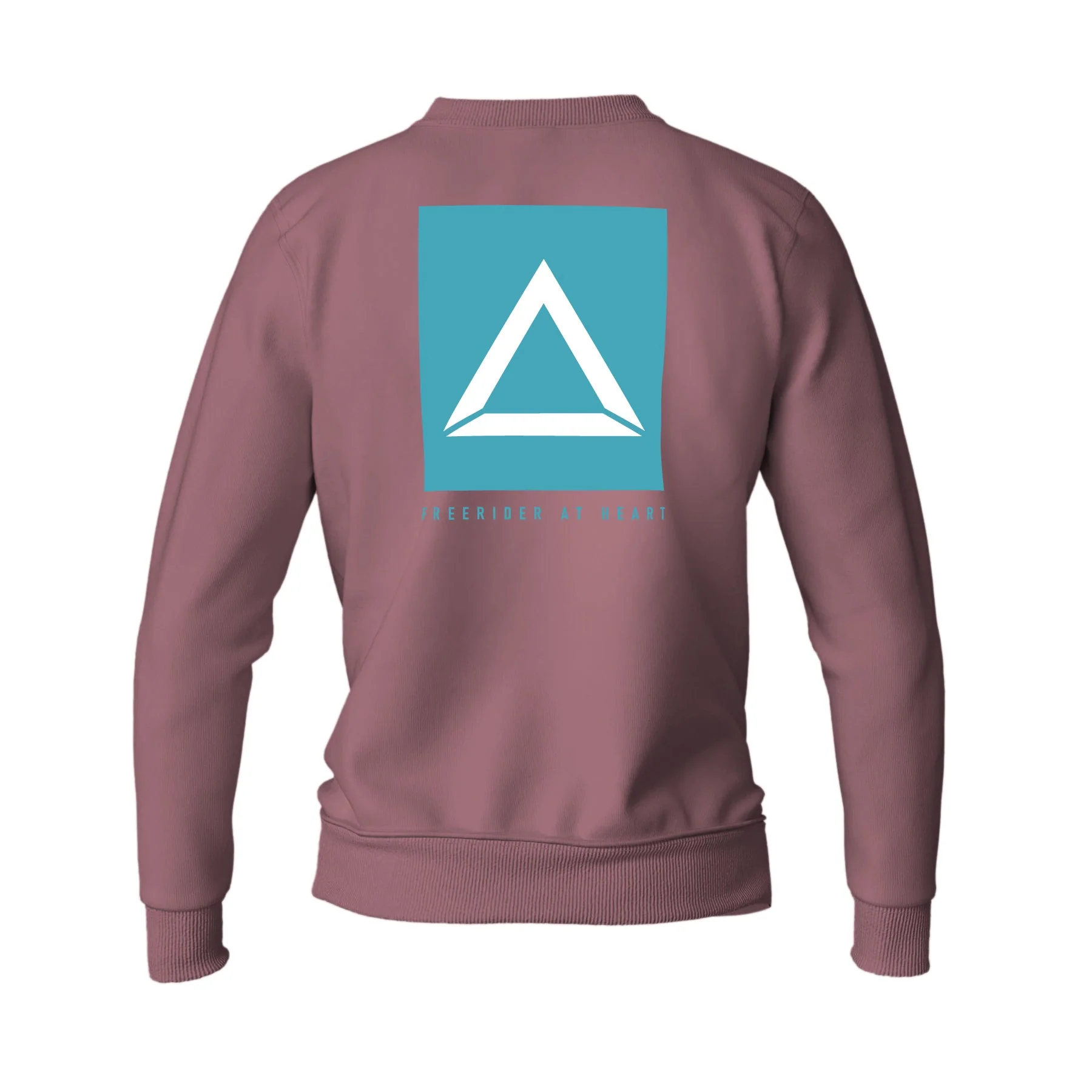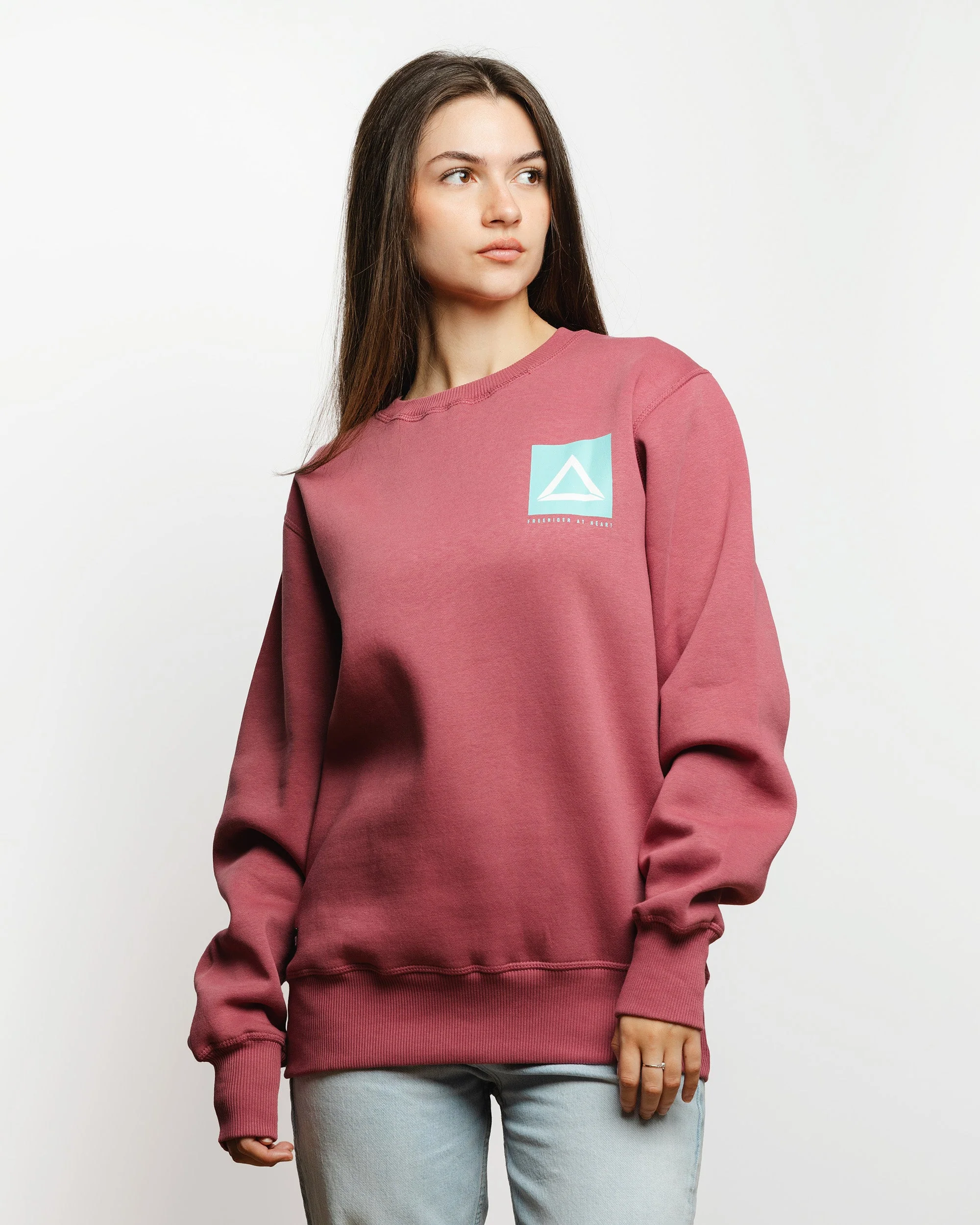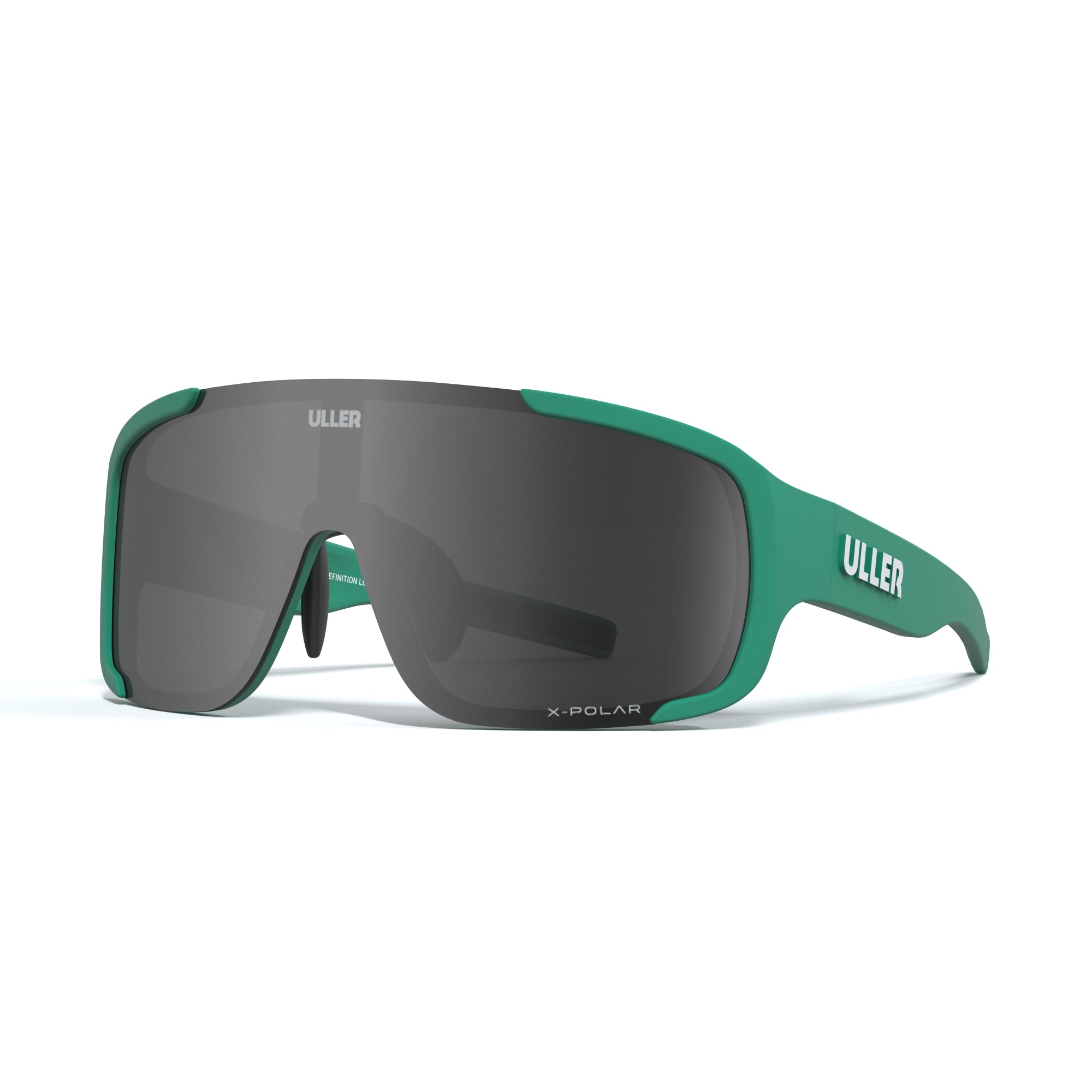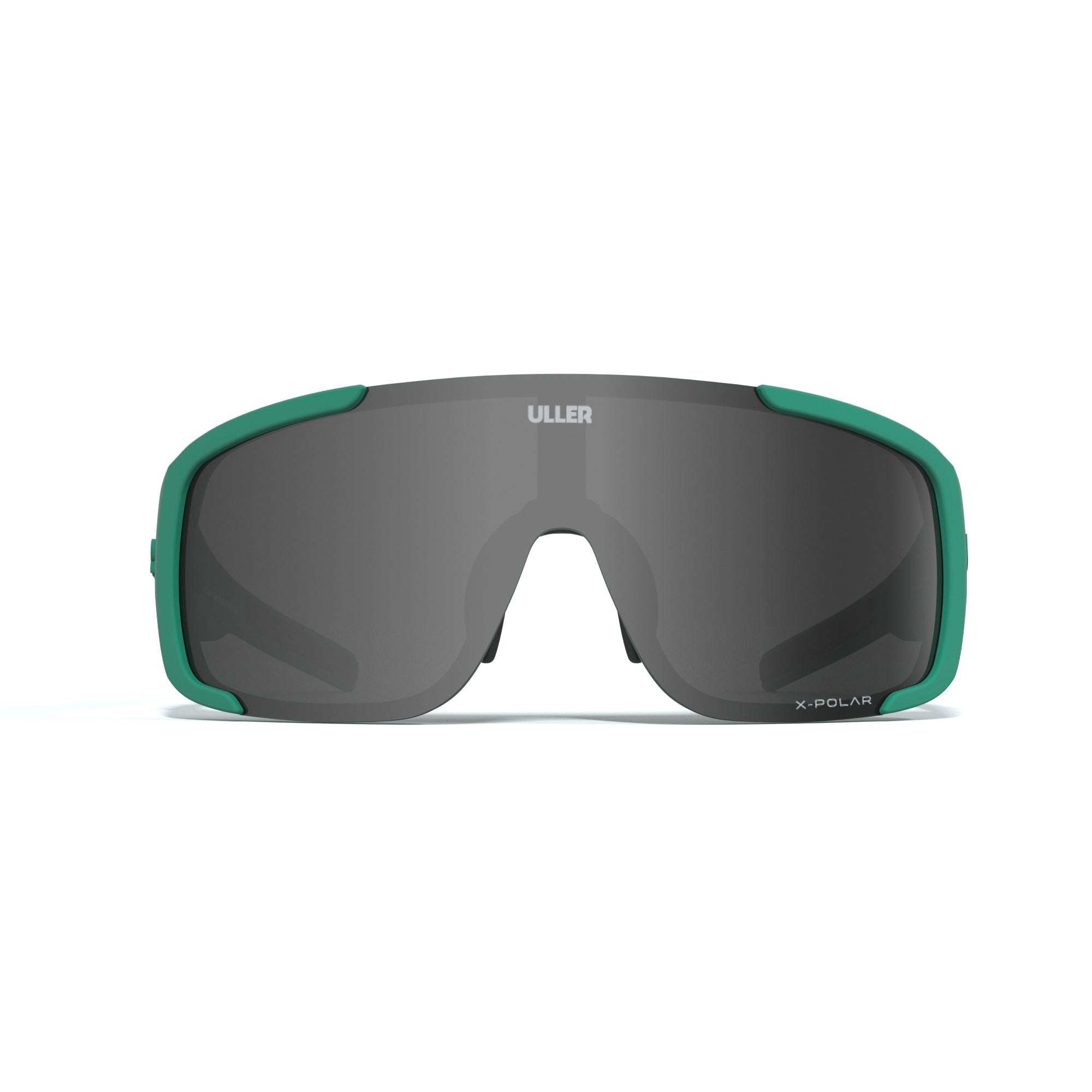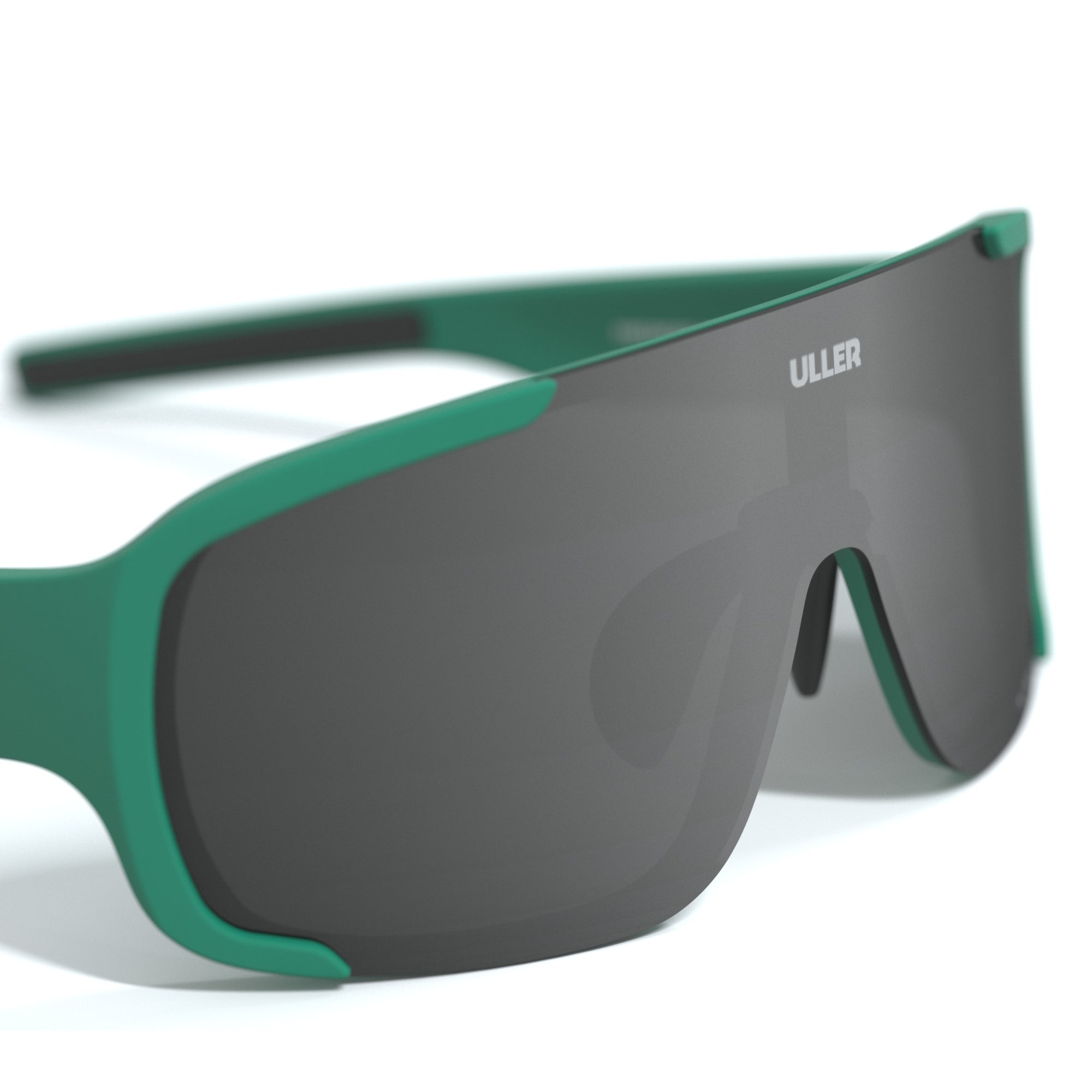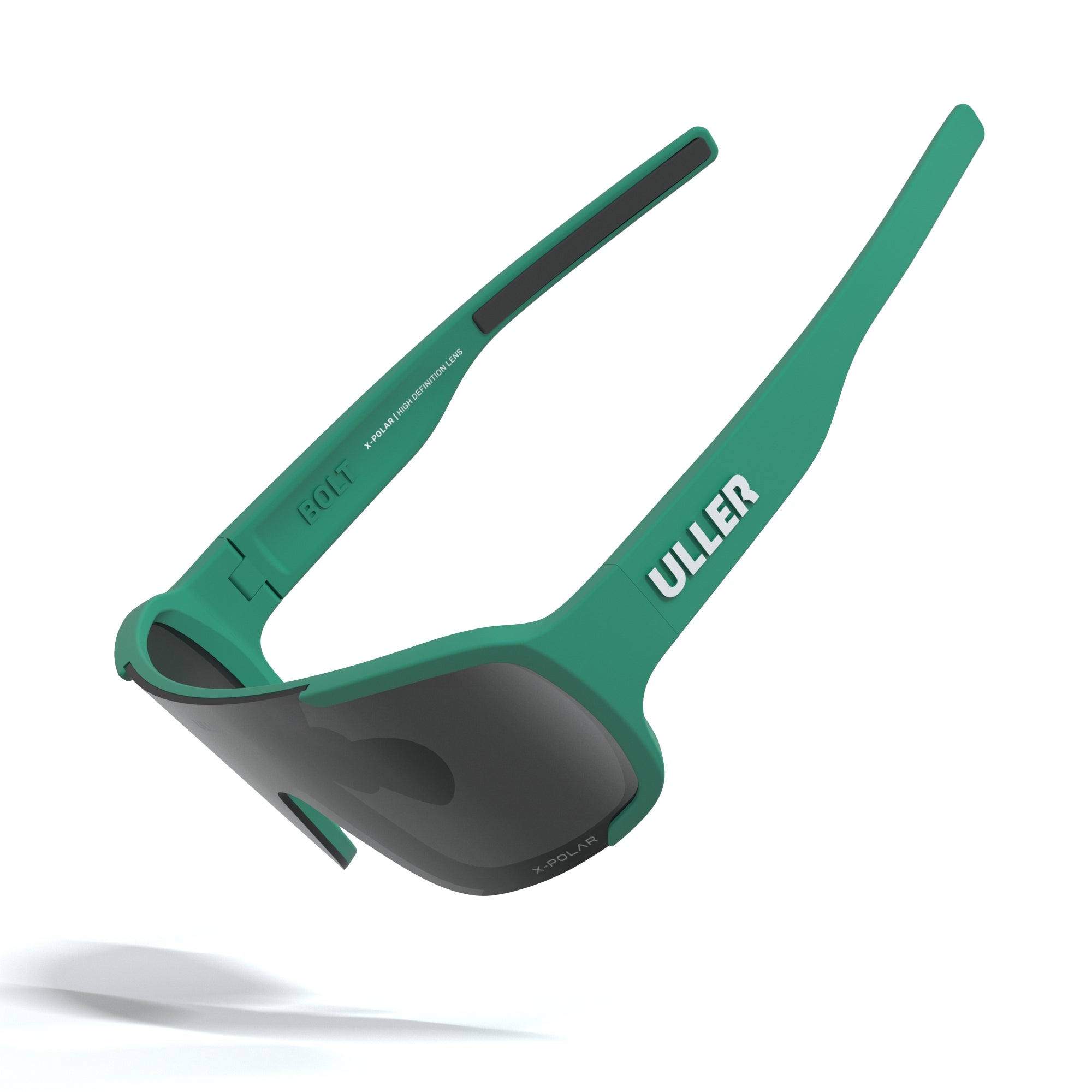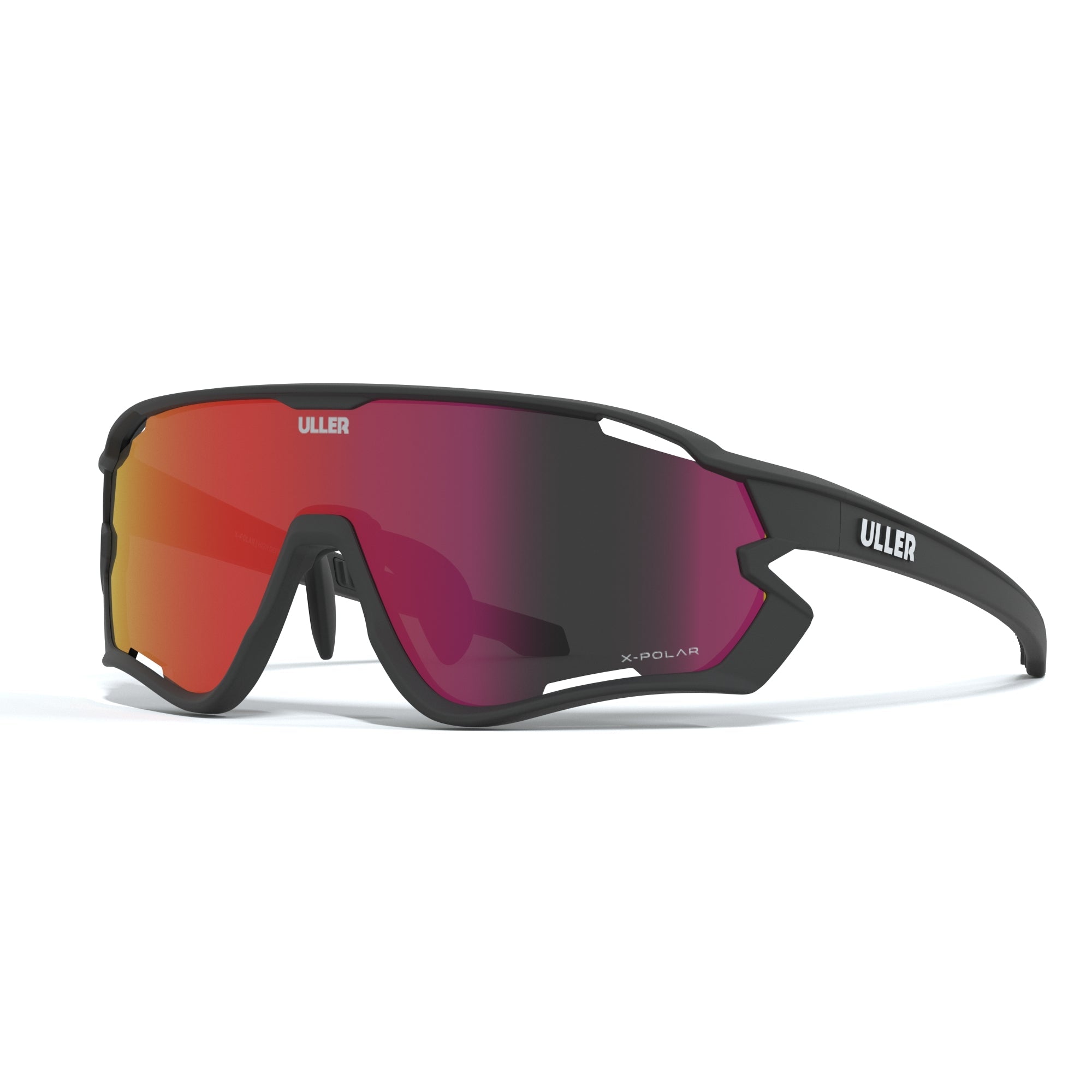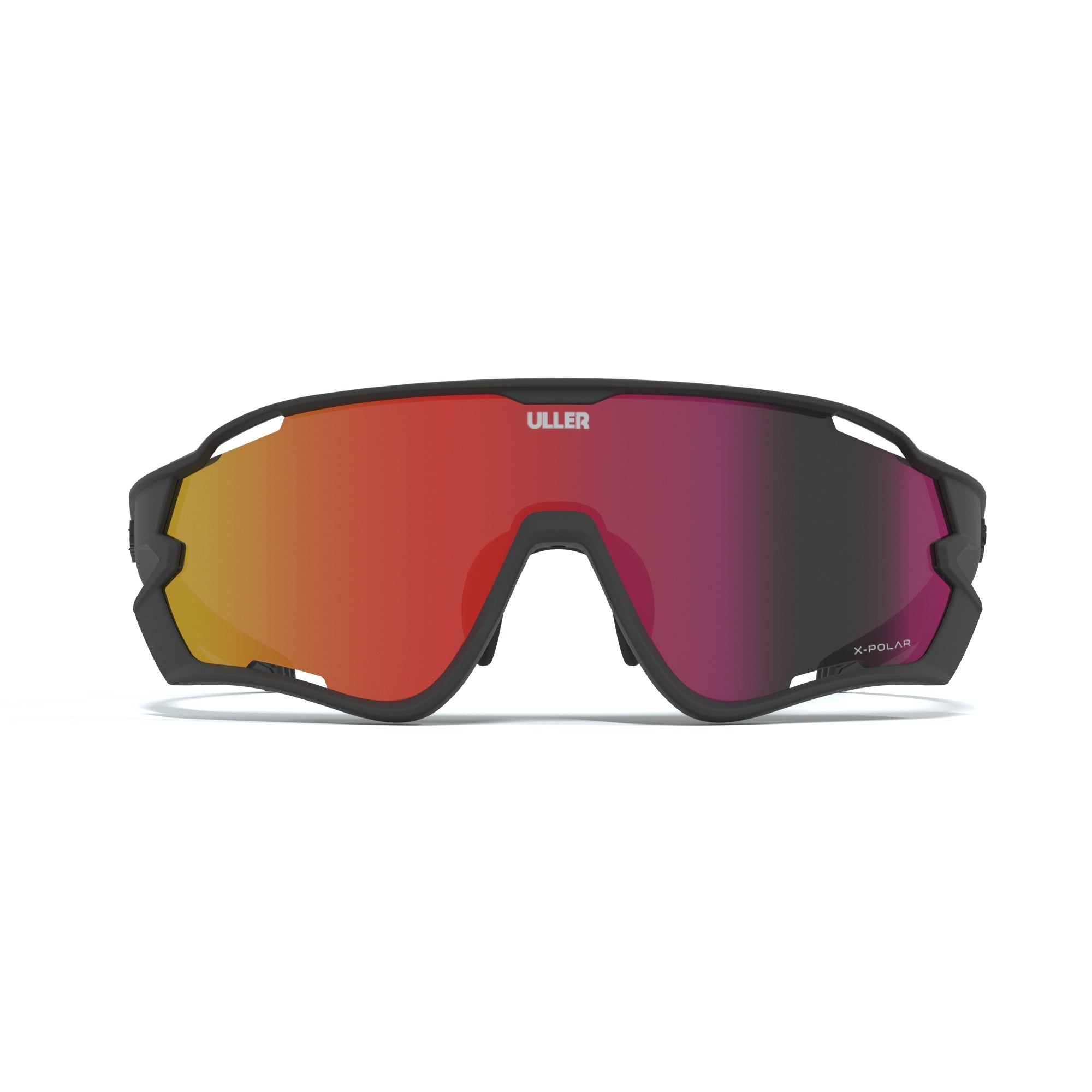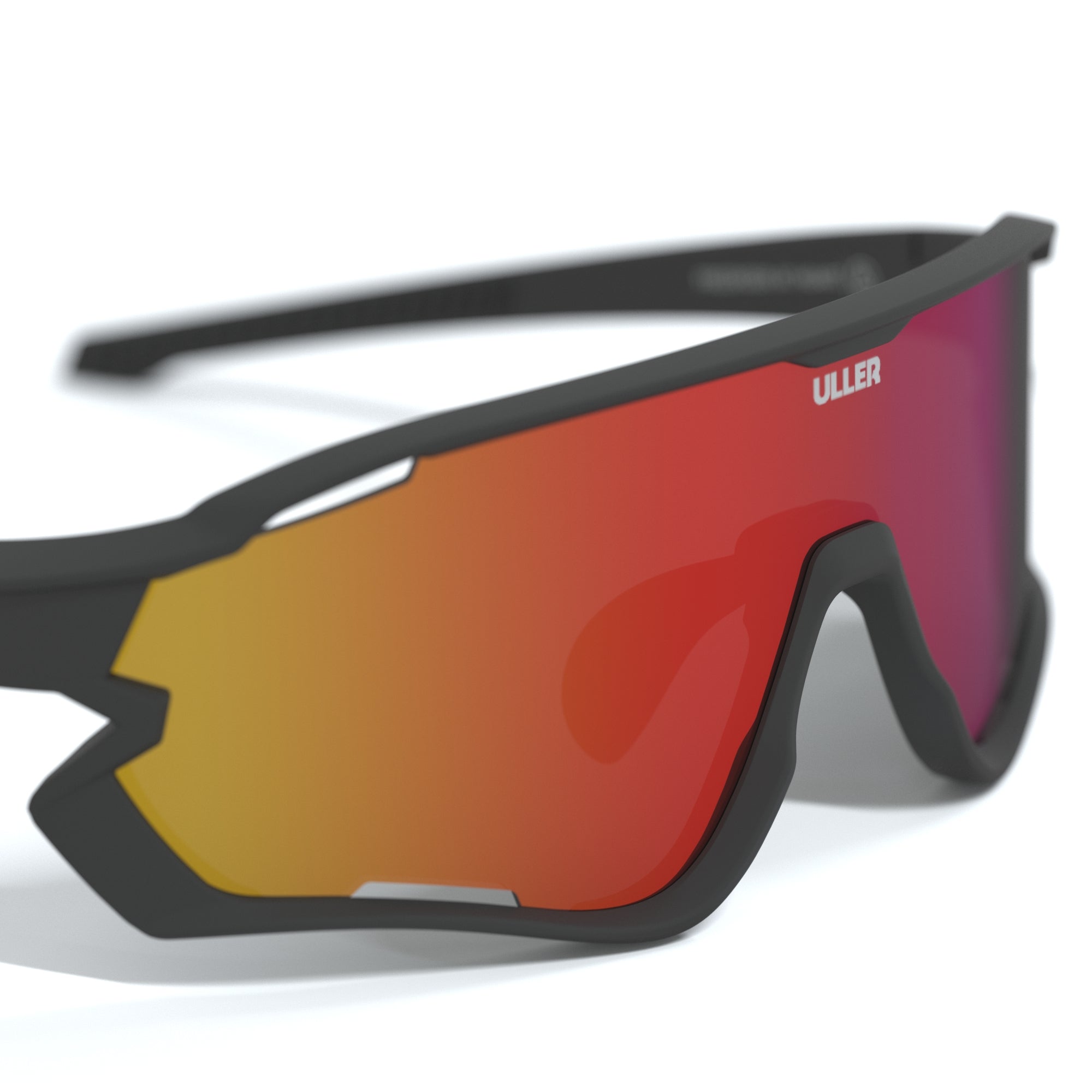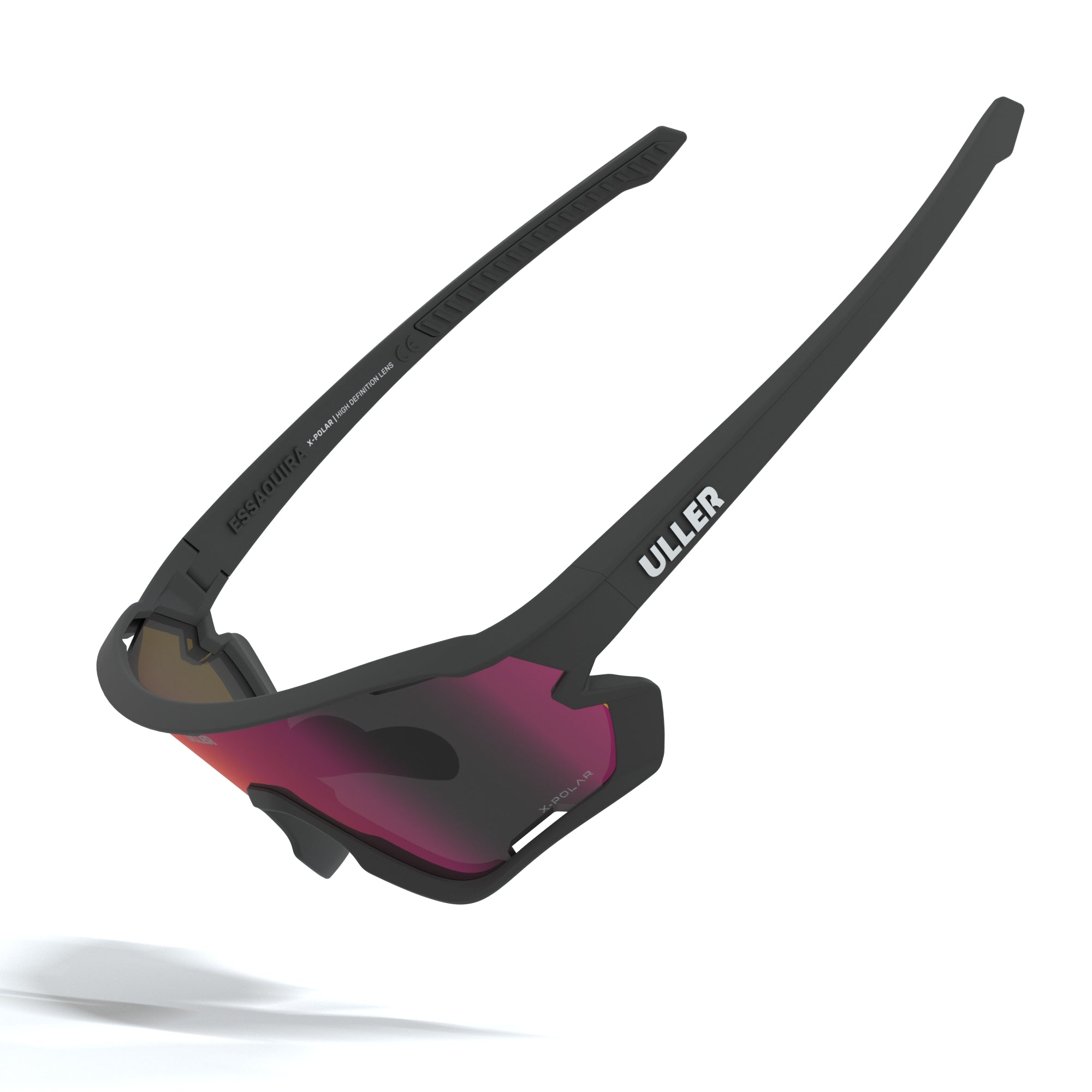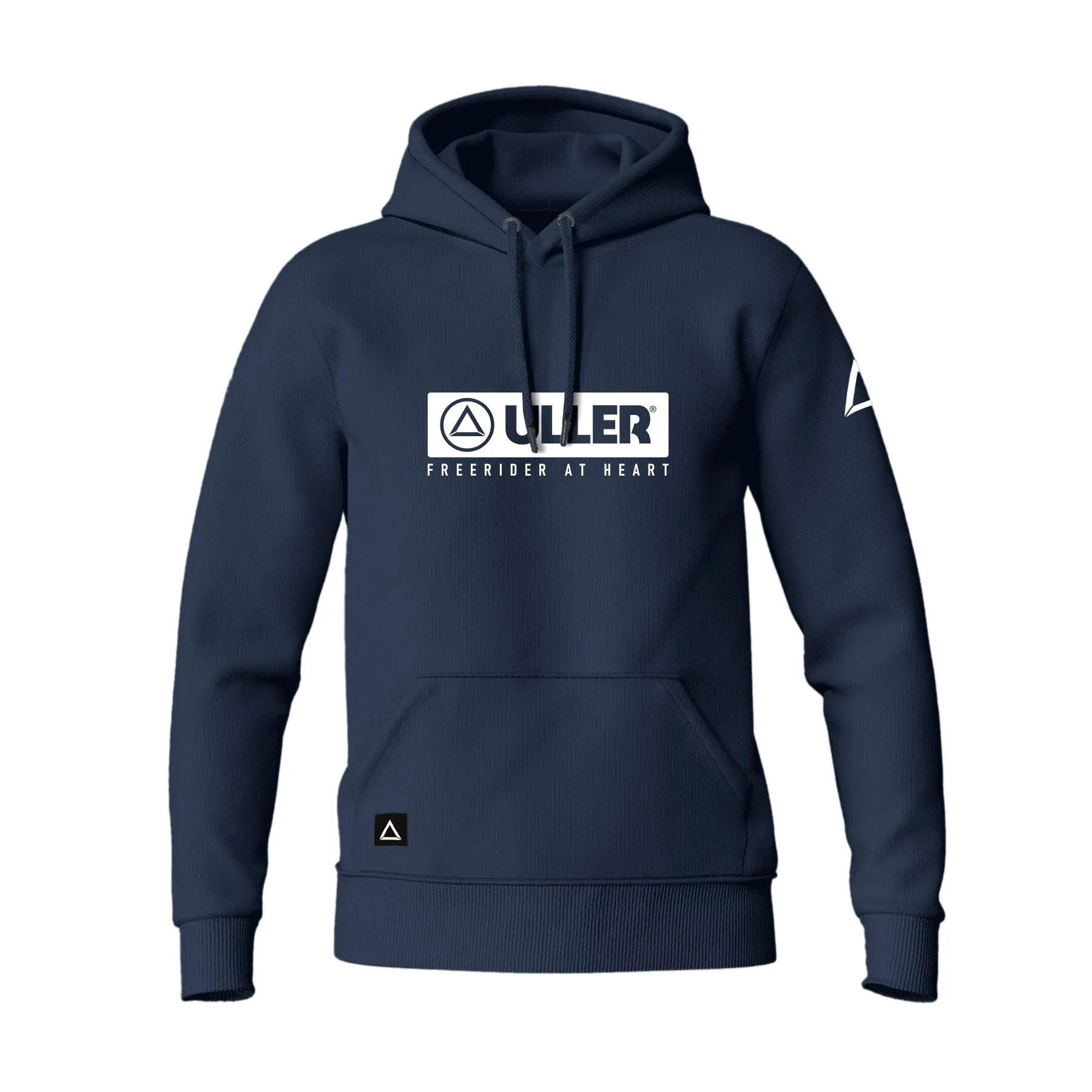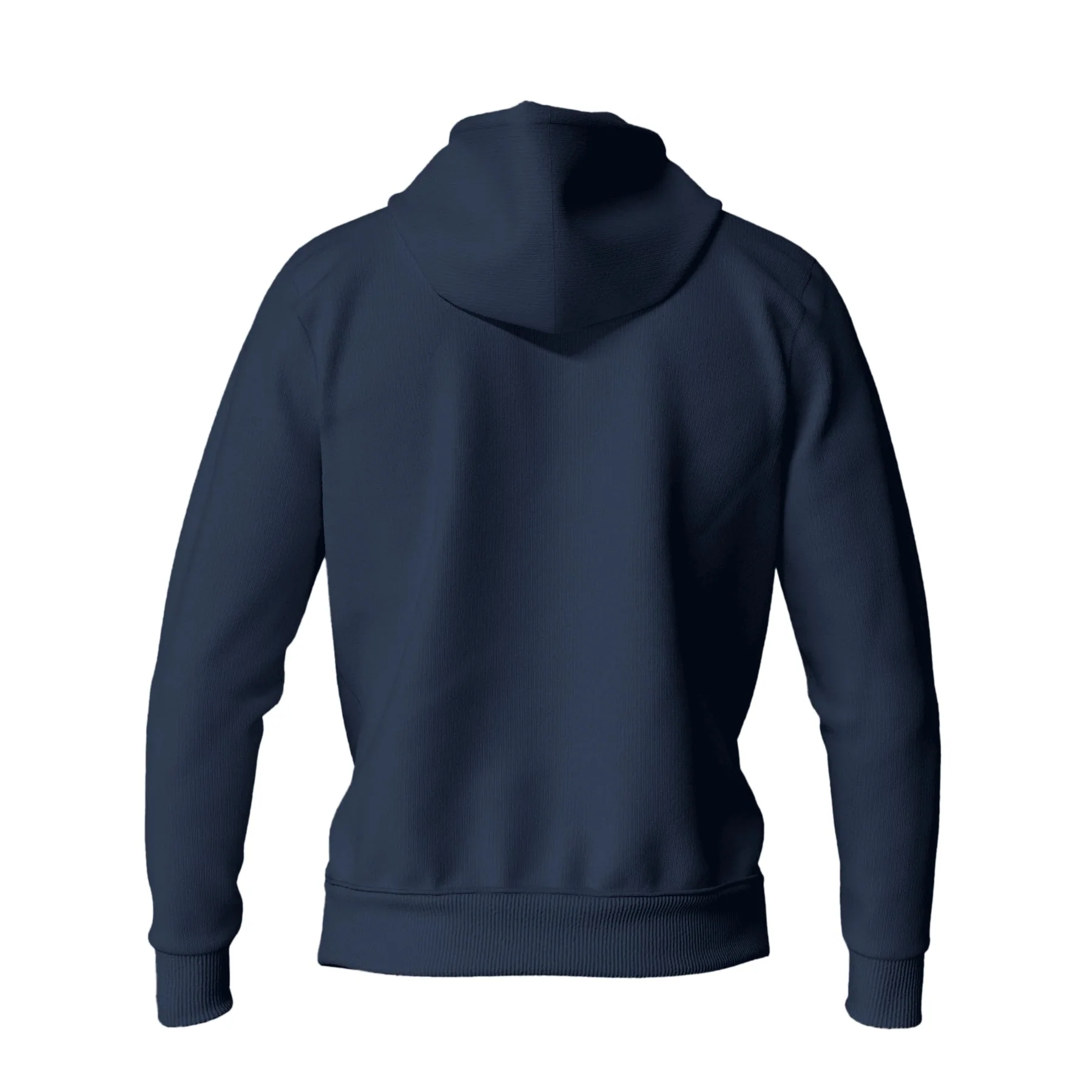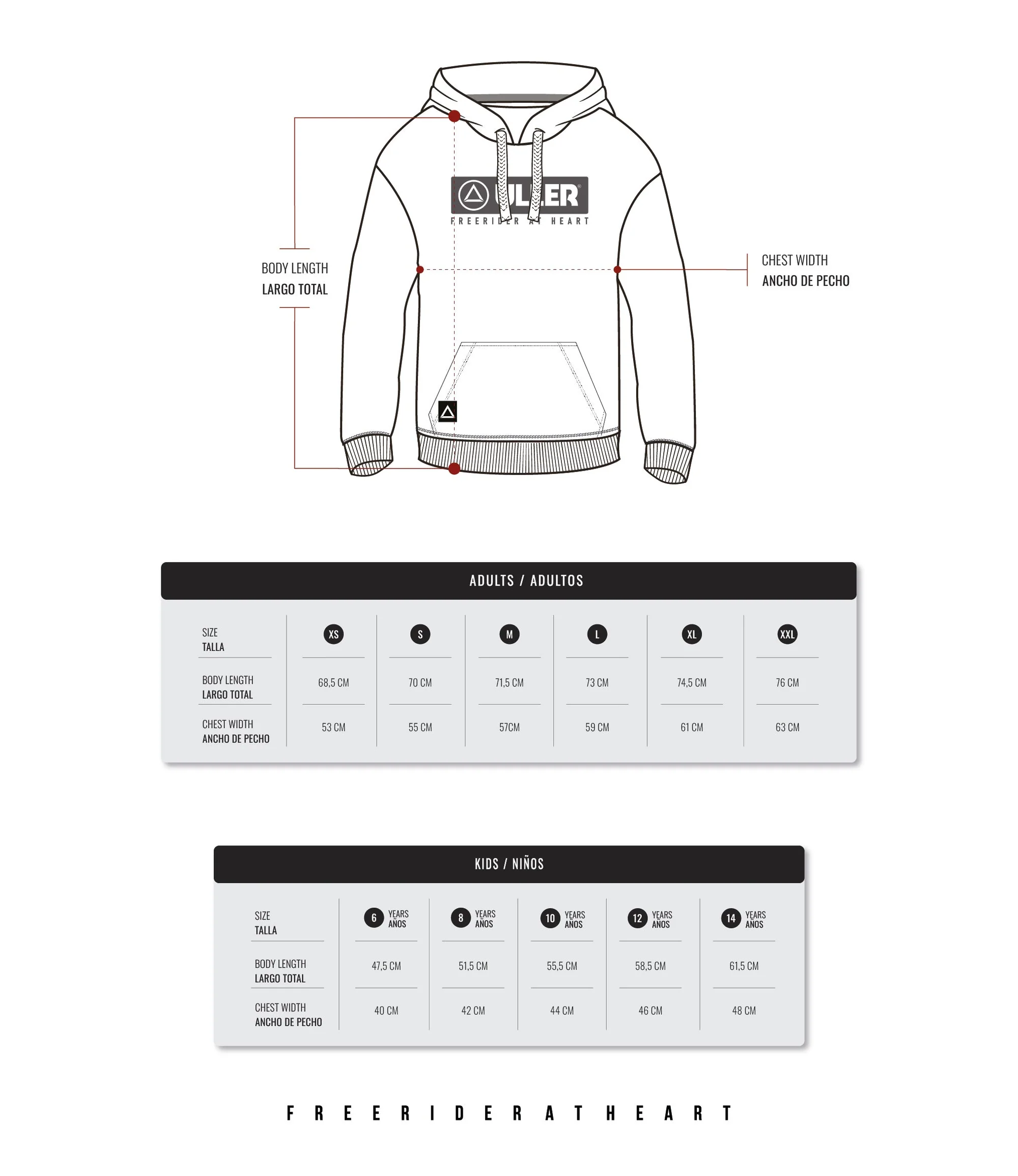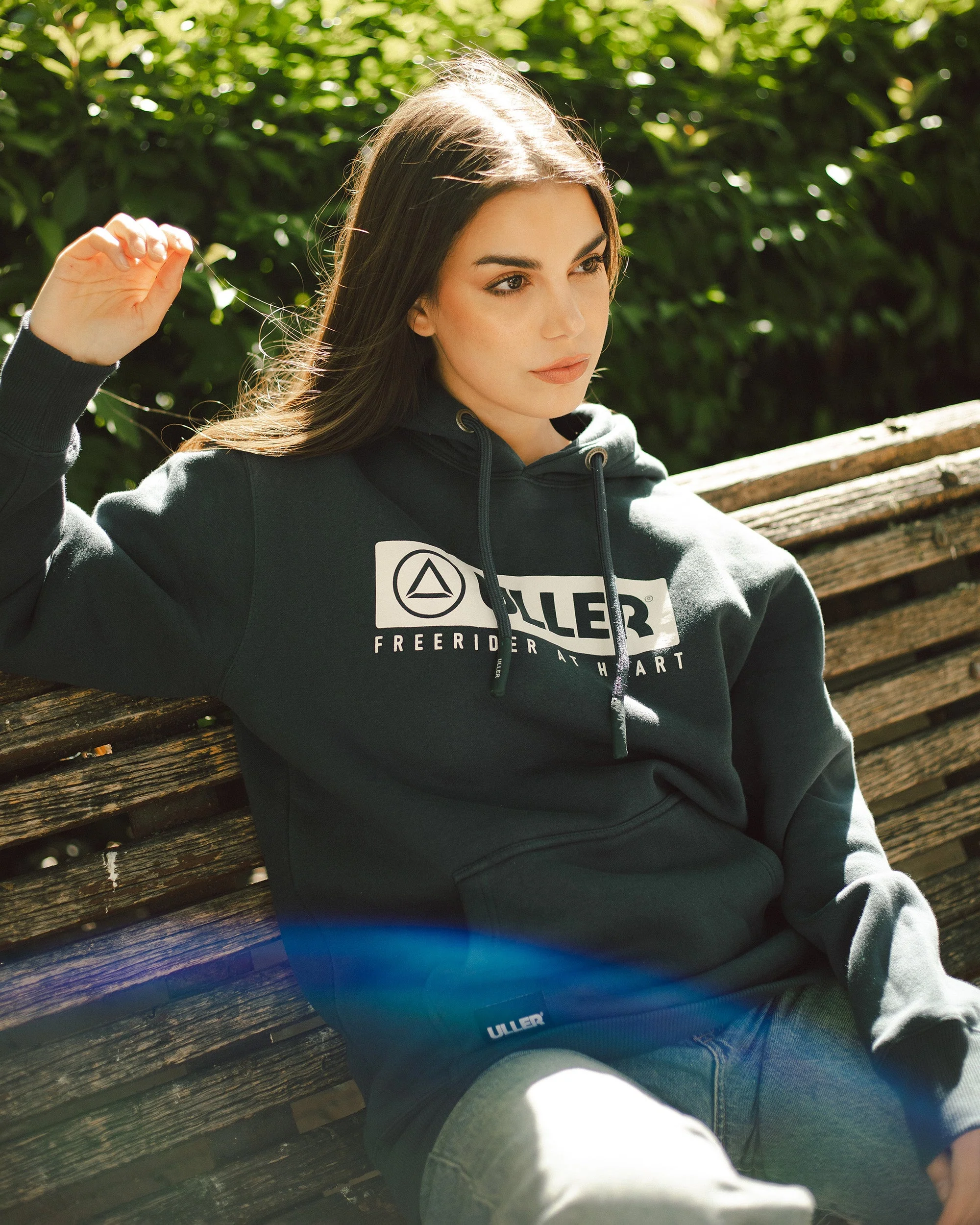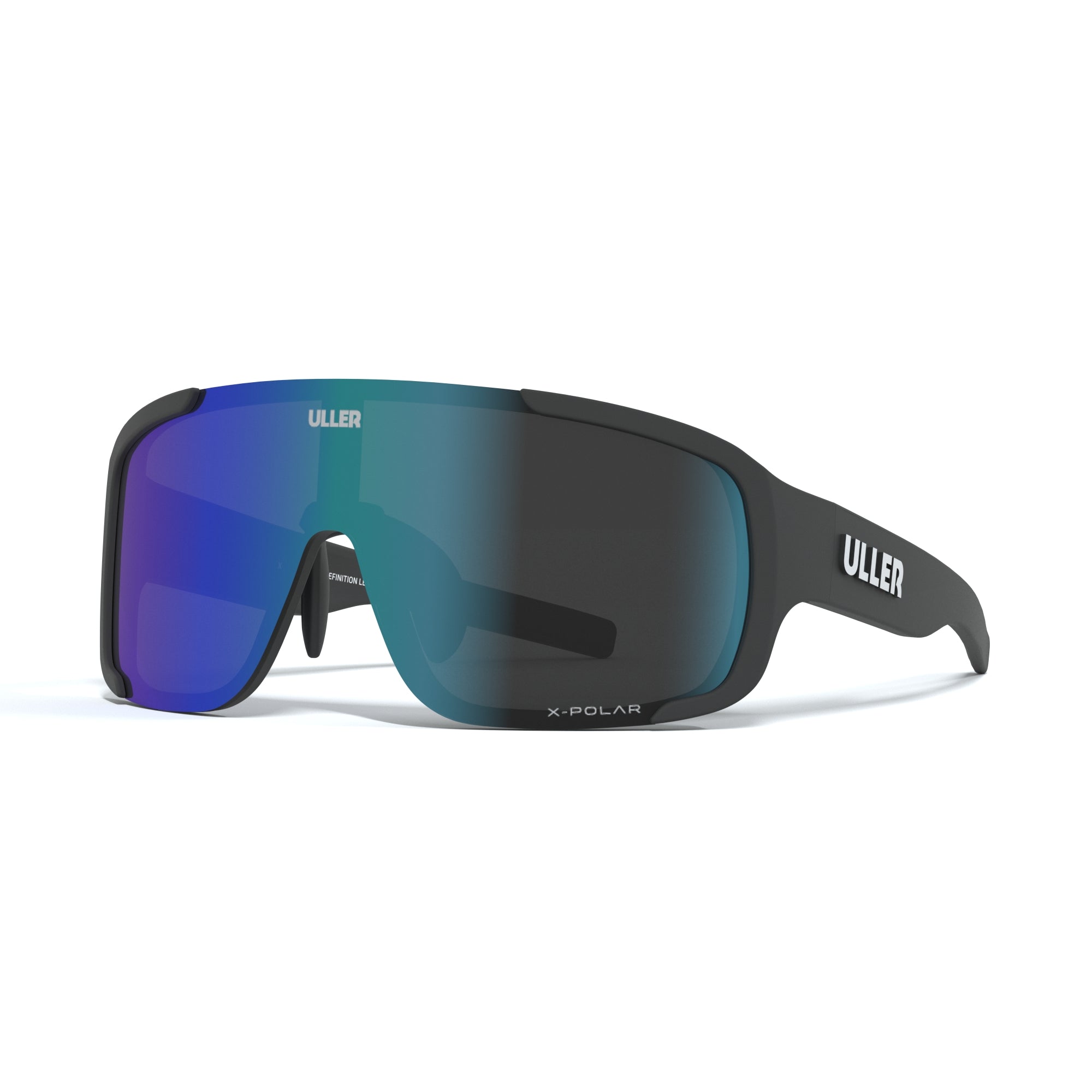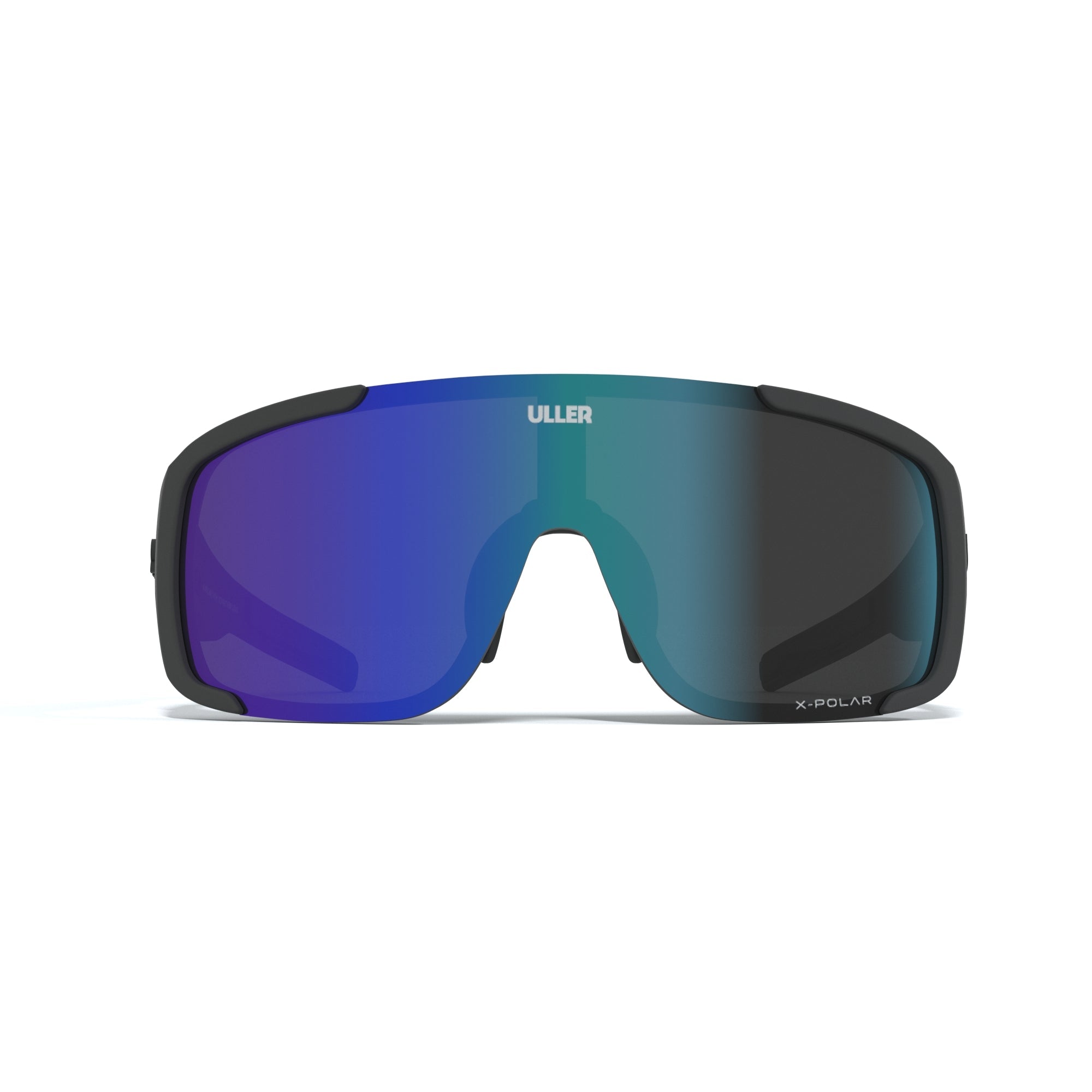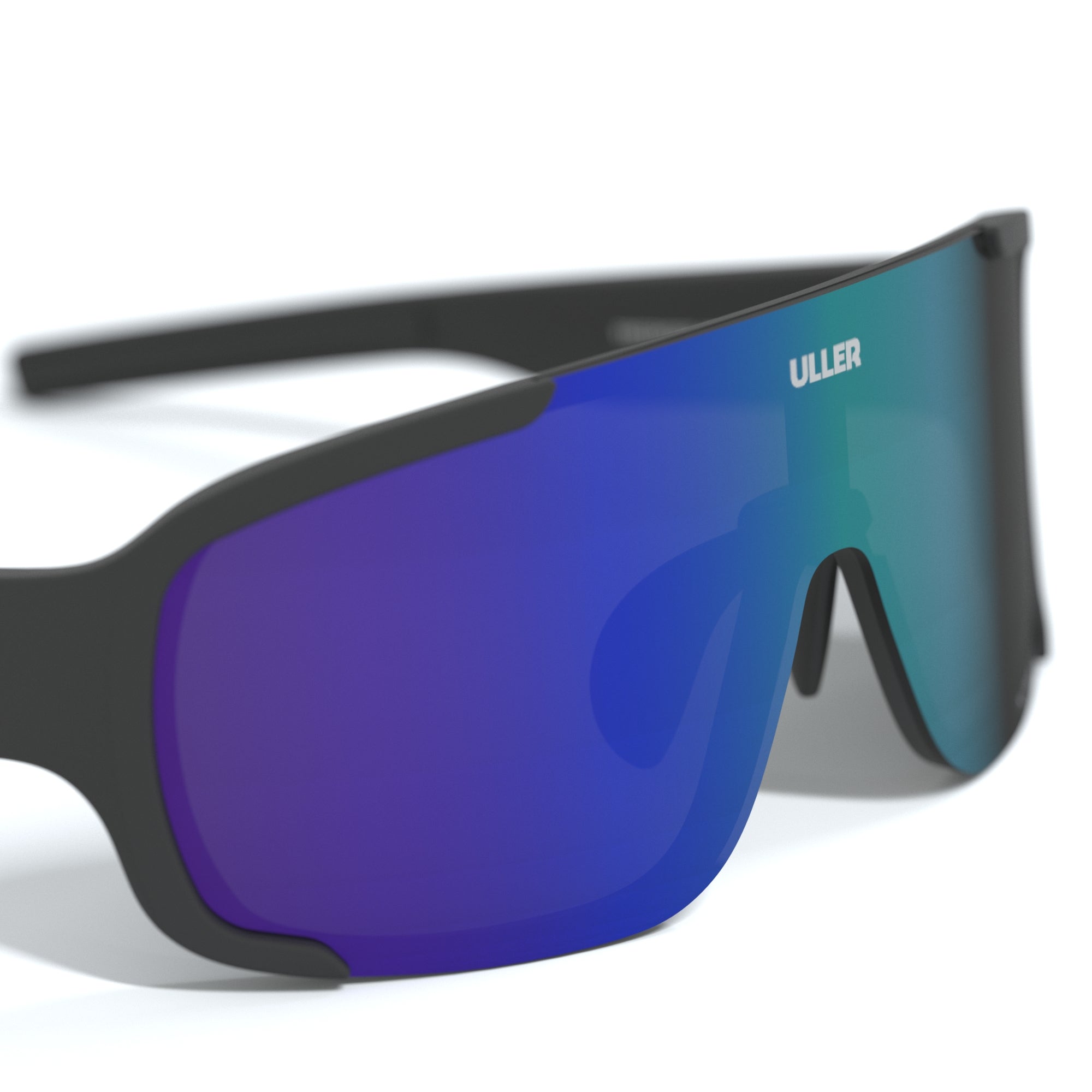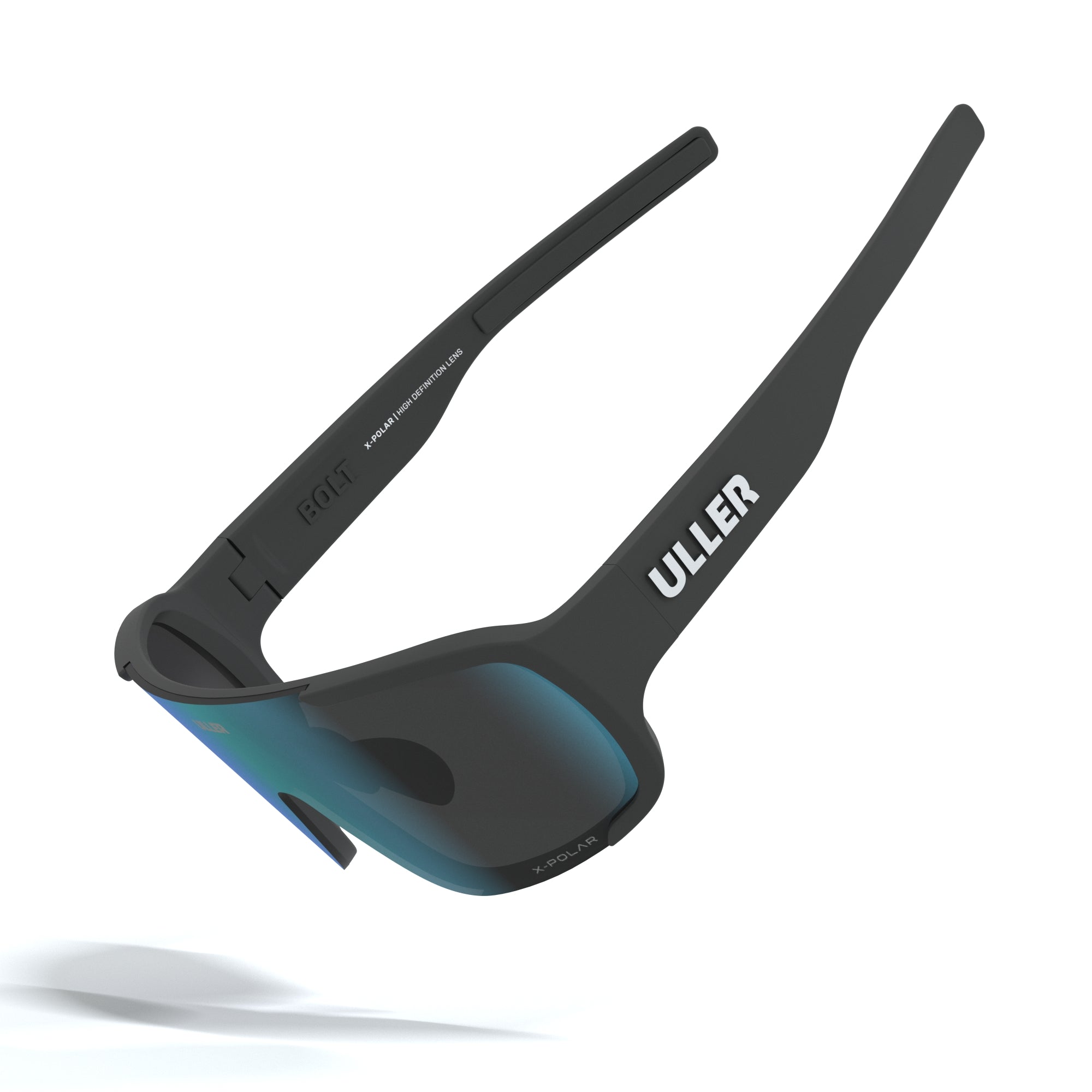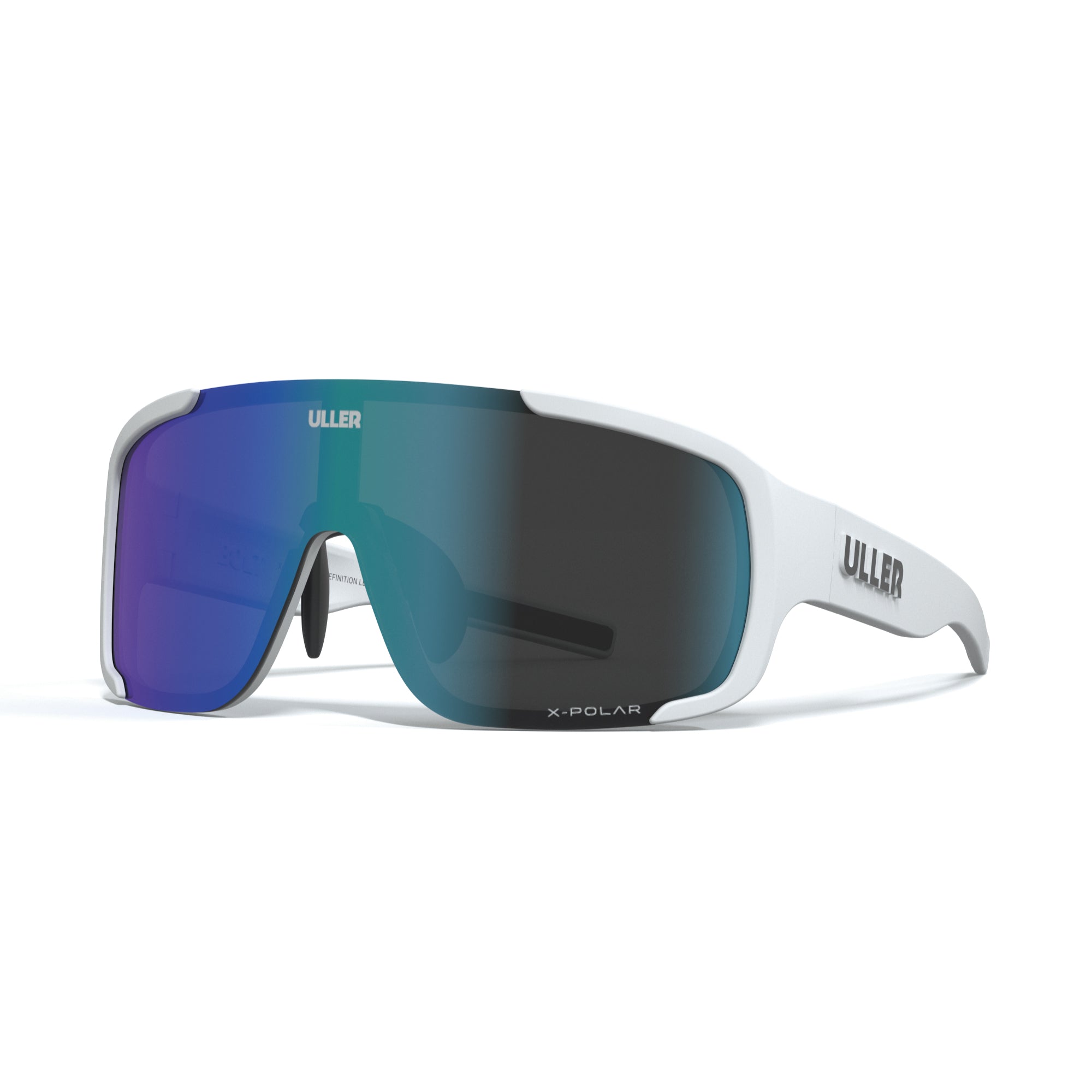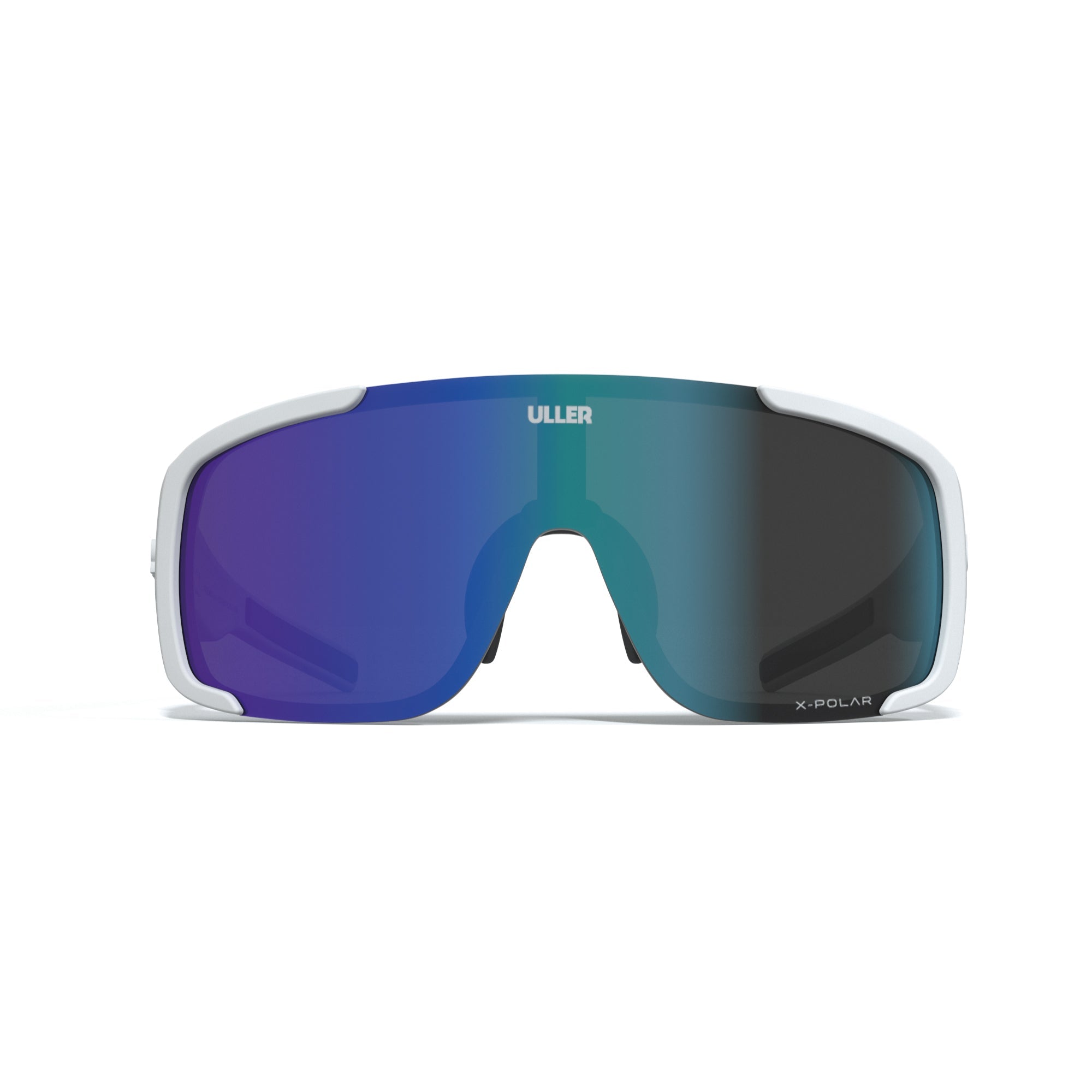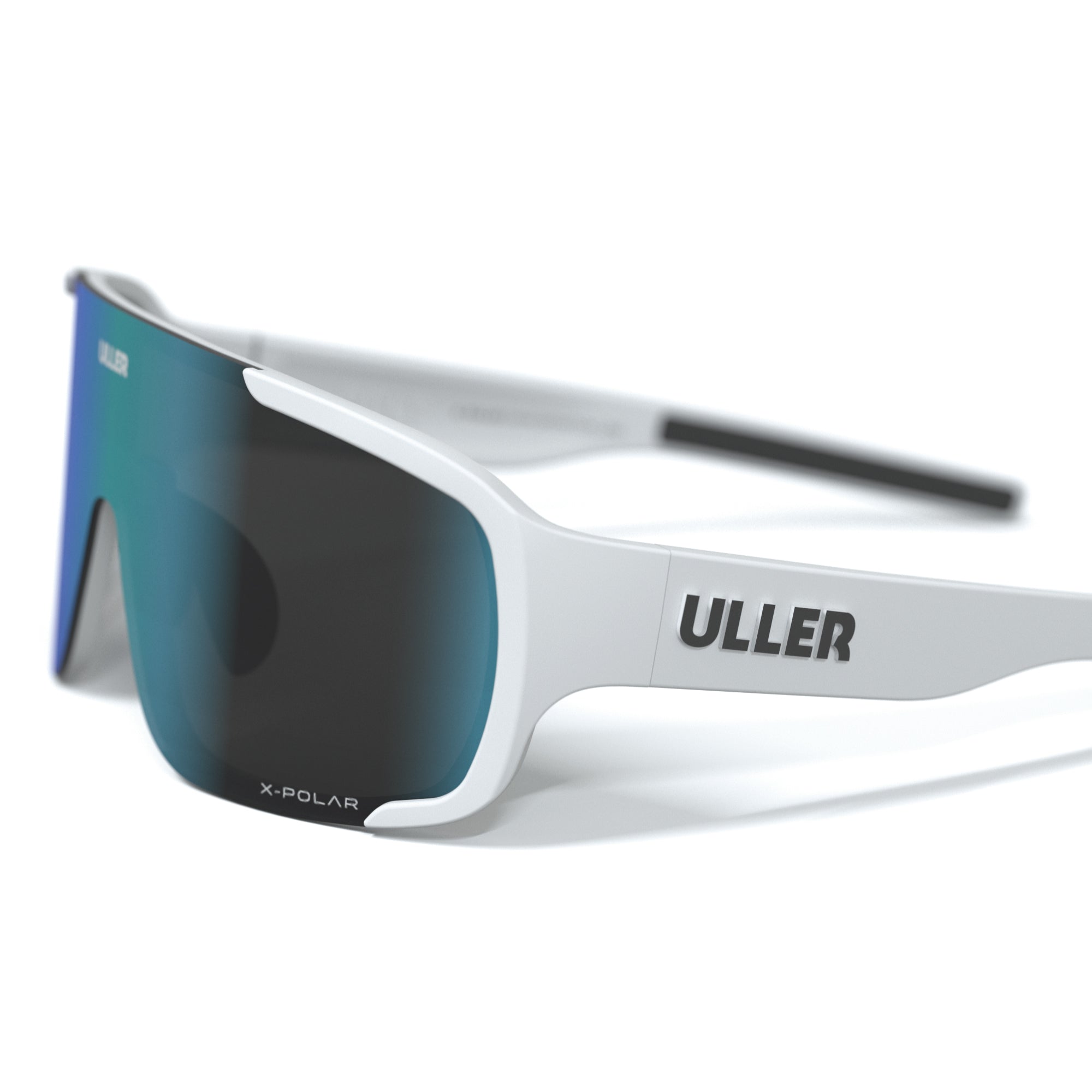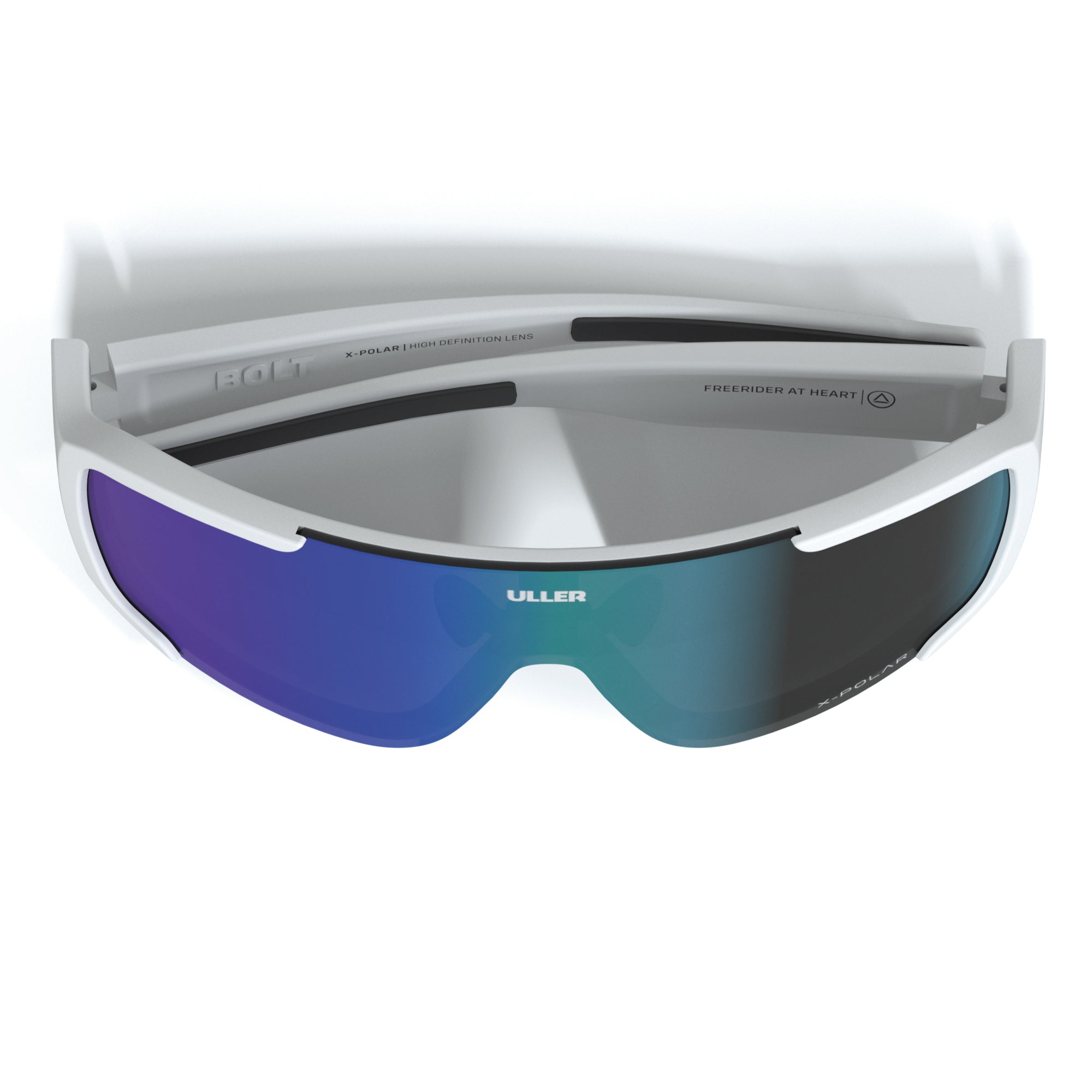At this point we already know how essential it is to choose quality lenses and not just any that we find at a very low price. In this article we are going to talk about everything that good lenses can do for your eye health, or rather, everything that they can prevent. And it is that we continually use the term “quality lenses” or “good lenses”, but what parameters determine that some lenses are good?
HOW DO I KNOW MY LENSES ARE QUALITY?
The first thing is that they protect against ultraviolet radiation. To do this they must have, at least , a UV protection factor level 4 . This becomes even more important if we are going to use them to practice sports in the mountains, such as skiing, since in high altitude areas the radiation maximizes the incision. What's more, in snow, UV radiation reflects up to 80% more, compared to sand, which projects only between 10 and 25%. In addition, radiation increases by 5% for every 1,000 meters of altitude, so you can now start to calculate the percentage that there is in any ski resort, and we are not talking about those freerider excursions through the mountains! high peaks!
After verifying this point, we must check that they fit our physiognomy well, since, if we cannot see 100% of our field of vision, we run the risk of not seeing an obstacle, such as another skier, a flying object, a hole in the snow, etc., that puts us in danger.
Continuing with the way they should have and since we are in a brand of Premium ski goggles, we will talk about the importance of covering as much of your face as possible. This is to prevent both the entry of sunlight and any other foreign body. Experts recommend that a good ski mask have coverage, preferably part of the sides, not limited to the front only. Therefore, the ideal will always be a curved mask and one that adapts to your face, following the path taken by the cheekbones until reaching the limits of the hair.
Optimally these will have to be light, to provide greater comfort. The rest of the kit is already heavy enough!

THE ICING ON THE CAKE
Going back to the lenses as such, ideally they should be polarized. What does this mean? That will reflect the sun's rays that hit our eyes, avoiding potential damage like the ones we will talk about below. Finally, (and already asking) that they have some kind of anti-condensation and anti-fog system and of course, resistant! It will be of no use to us if they break to a minimum and leave us stranded in our first fall of the season. In short, a good balance between quality and price. Many things to take into account? Uller is here to solve it and we leave you the link to our masks, whose models meet absolutely all the requirements.
And you will ask yourself: are they that important? Aren't we all being a bit exaggerated? For a few hours is it really going to affect me so much? Unfortunately yes. What's more, it's not that it's only mild dryness damage that can occur on your retina, but there is, unfortunately, a wide range of damage to your eyes.

WHAT CAN HAPPEN TO ME?
The first and mildest is redness or tearing due to dryness that the Sun generates on the retina. This light, together with a low-quality lens that will not filter UV radiation, will cause your eye to exert itself to catch a glimpse of sunlight (which is being blocked at all), thus dilating the pupil. This will cause there to be a greater area of incidence for the solar rays, having more where to damage.
If this exposure to the sun in the snow continues to be prolonged, after two hours, what is known as “snow blindness” may occur. This is nothing more than, putting ourselves in technical terms, a solar kerastasis or photokeratitis: inflammation in the cornea of the eye. This is not noticeable immediately, but its symptoms begin to appear between 6 and 12 hours later. How will we notice it? Generally we will feel grit inside the eye, severe pain and decreased vision, in addition to being more sensitive to sunlight and red. And as the saying goes "prevention is better than cure", the best prevention is suitable, adequate and ophthalmologically approved lenses to avoid these problems.

SNOW BLINDNESS: HOW DO I IDENTIFY IT?
Beyond the short-term symptoms, which are unwanted by anyone, the successive occurrence of these diseases causes premature aging of the eyelids, which can lead to the appearance of cataracts at an early age , or retinal lesions such as Age-related Macular Degeneration .
If it is already too late and you suffer from snow blindness, you should go to the doctor, who will prescribe artificial tears or, if it is in a slightly more serious phase, corticosteroids or an analgesic. Of course, rest for a couple of days and the sun exposure of your eyes is over. In this case, if your idea was a little getaway to the snow... you're going to have to spend these days indoors, mainly because you won't see clearly. But don't worry, you will gradually recover your sight, you will not be left without it. oh! And if you experience (in some cases it can happen) color changes in your vision, don't think that you are going crazy, since it can also be due to this corneal condition.
Another advice from health professionals is to put wet cloths on the eyelids to try to reduce the pain, and don't even think about rubbing your eyes! Taking advantage of the fact that you are not going to go anywhere, also let your eyesight rest from the contact lenses and wear glasses, in this way we will further reduce dryness and fiddling with our eyes, basically.
Making a little parenthesis on this, if you need to wear glasses, this is not an excuse for not being able to use a ski mask properly, since nowadays these can be graduated. Likewise, if you think that it is not worth investing in a prescription for these lenses, you can choose to wear ski lenses or wear your own glasses under the mask if it is wide enough for it.

DOES HAVING LIGHT EYES INFLUENCE?
Lastly, returning to our ocular concerns, we wanted to clarify that each type of eye is different. For example, the so-called light-colored eyes are much more sensitive to any condition and pathology, so, if this is your case, it is better to be extra careful. But, and only the sun damages? I'm sorry to tell you no. Cold and snow are other factors that can affect the health of our eyes, as can the wind, causing damage to the cornea due to the formation of microcrystals or, much more frequently, dry eyes.
These are only the most frequent and short-term problems that are caused by sunburn in our eyes, but there are many more that are less well known, and the most serious will not occur after hours or days of skiing, but over the years, such as consequence of the follies and bad decisions made today. This is why it is very important to take care of yourself now, so you don't have to worry tomorrow. So head over to our masks section to make sure you give your eyes the love it deserves. Who has memory!

QUESTIONS AND ANSWERS
-
WHAT DAMAGE CAN THE SUN CAUSE IN THE EYES?
The most frequent damage from the sun on snow is snow blindness, although others such as dryness, tearing or redness can also occur.
- WHAT IS SNOW BLINDNESS?
Snow blindness is a disease that affects the cornea and is caused by exposure to solar radiation after two hours in the snow.
- WHAT SYMPTOMS DOES SNOW BLINDNESS HAVE?
Symptoms caused by snow blindness are gritty sensation, red eyes, intense pain, tearing, decreased vision, increased sensitivity to light, etc.
-
HOW DOES UV RADIATION AFFECT SNOW?
UV radiation projects 8 times more on the snow, in addition to the fact that it increases by 5% for every 1,000 meters of altitude, that is, if we are 3,000 meters above sea level, there will be 15% more UV radiation.







